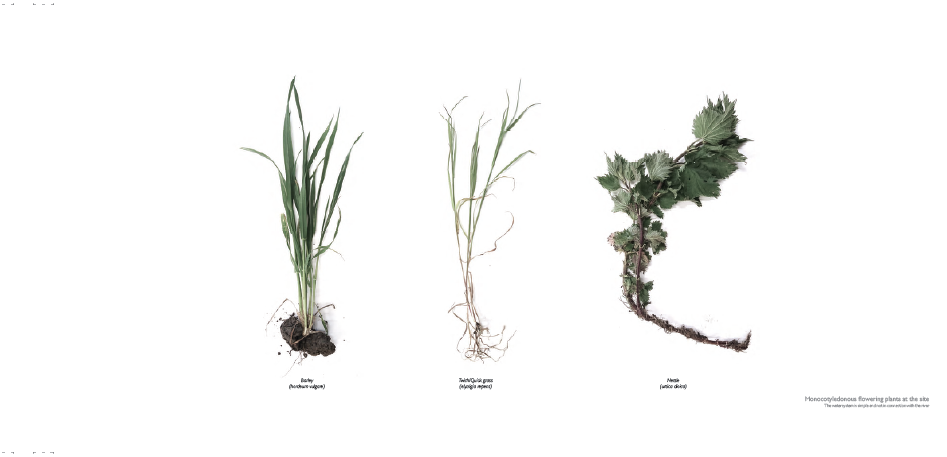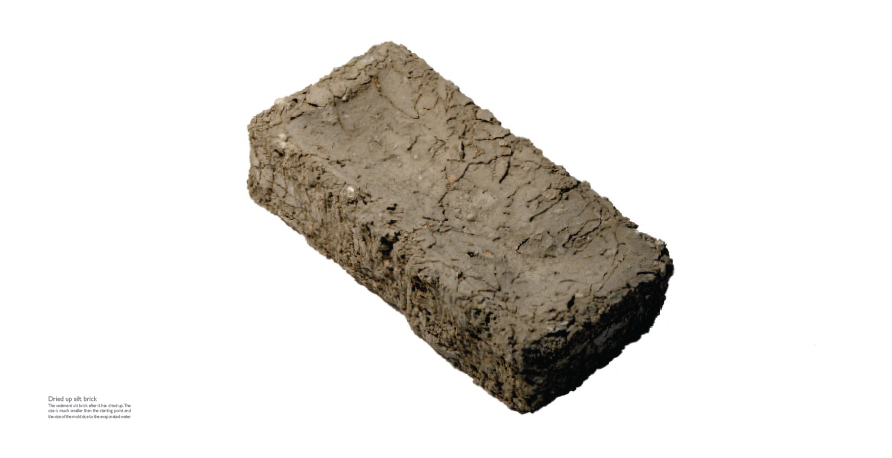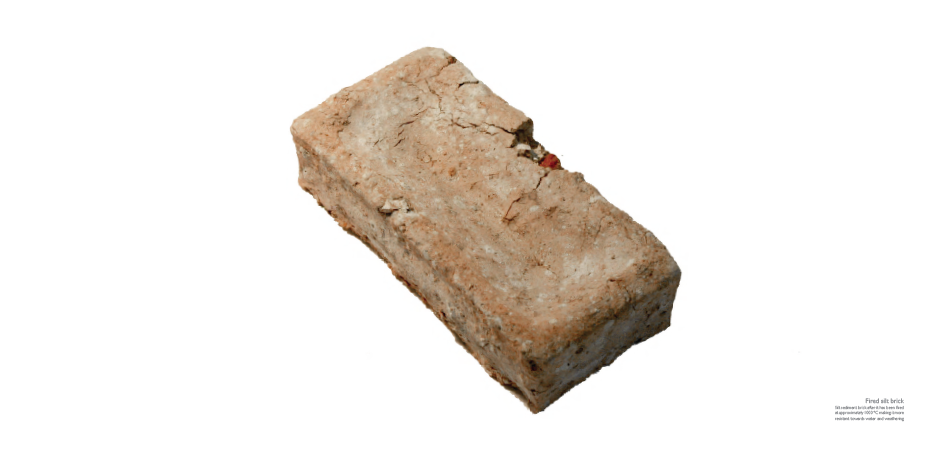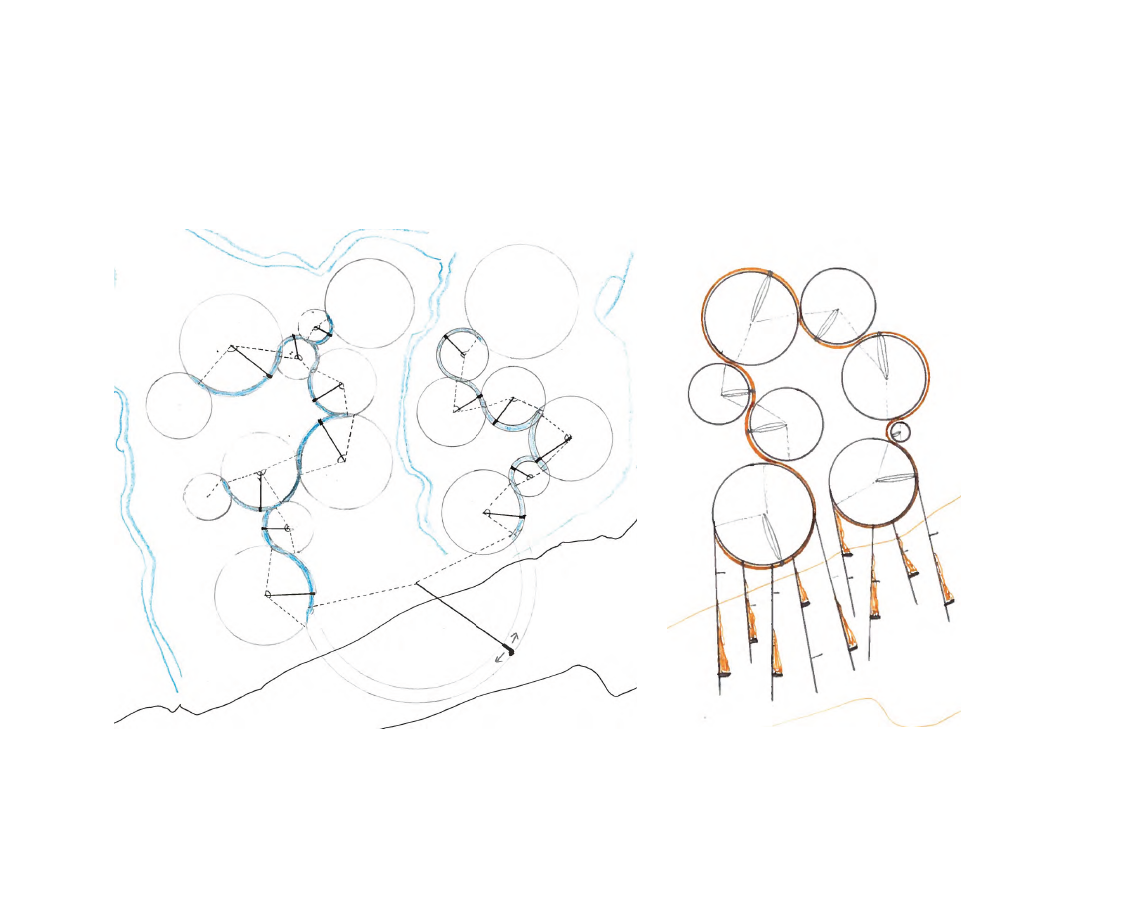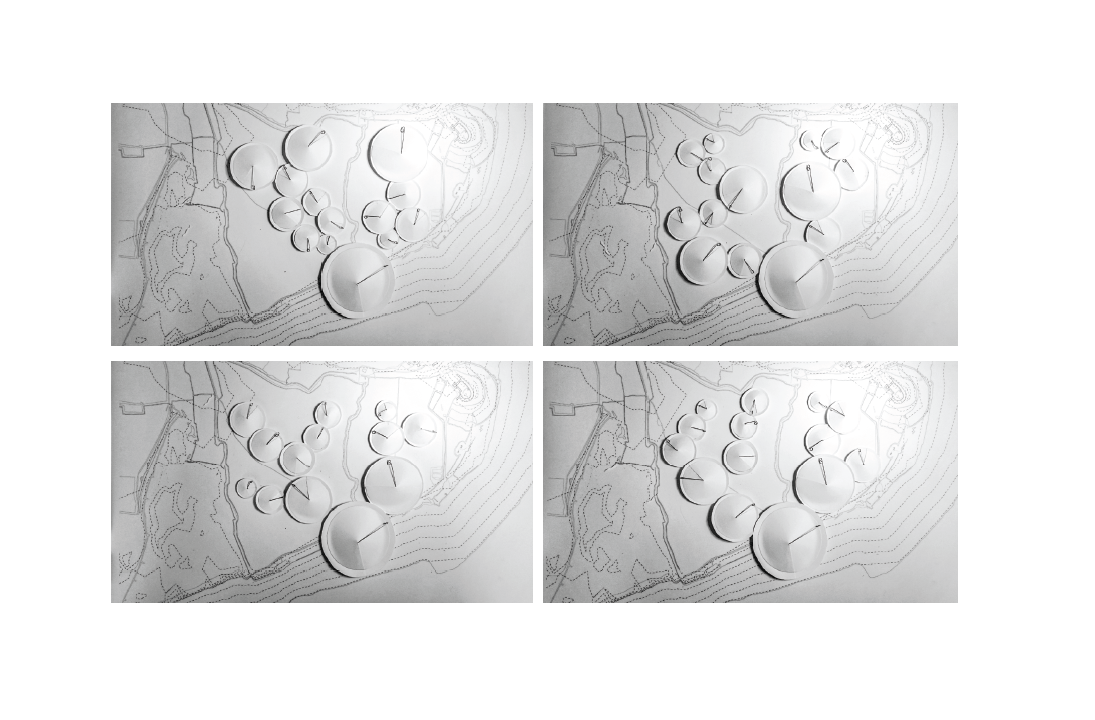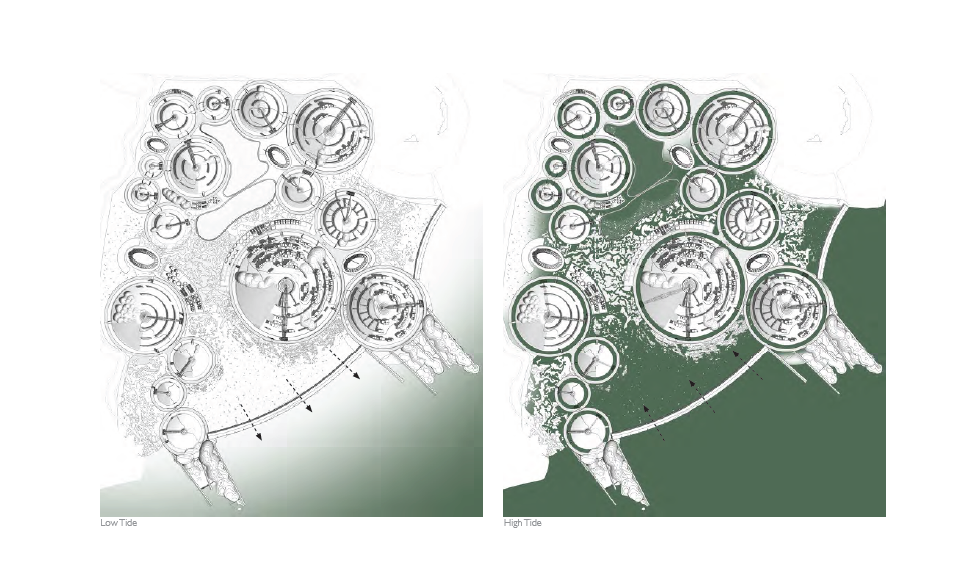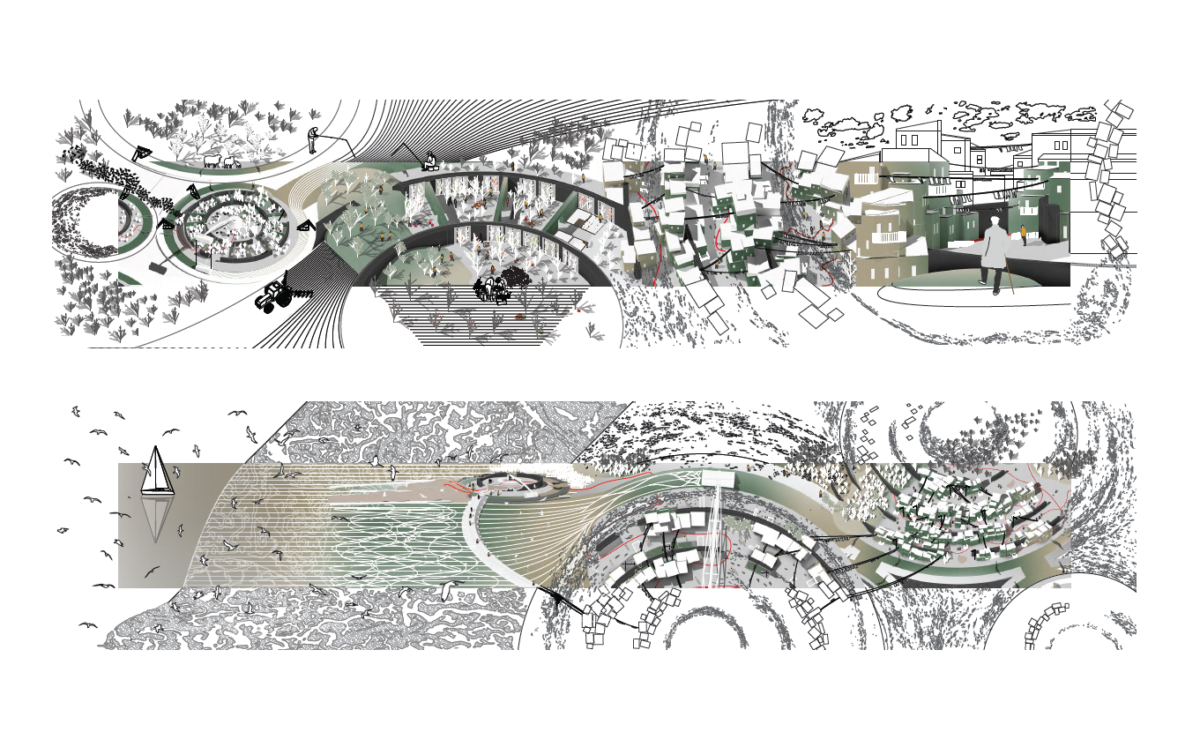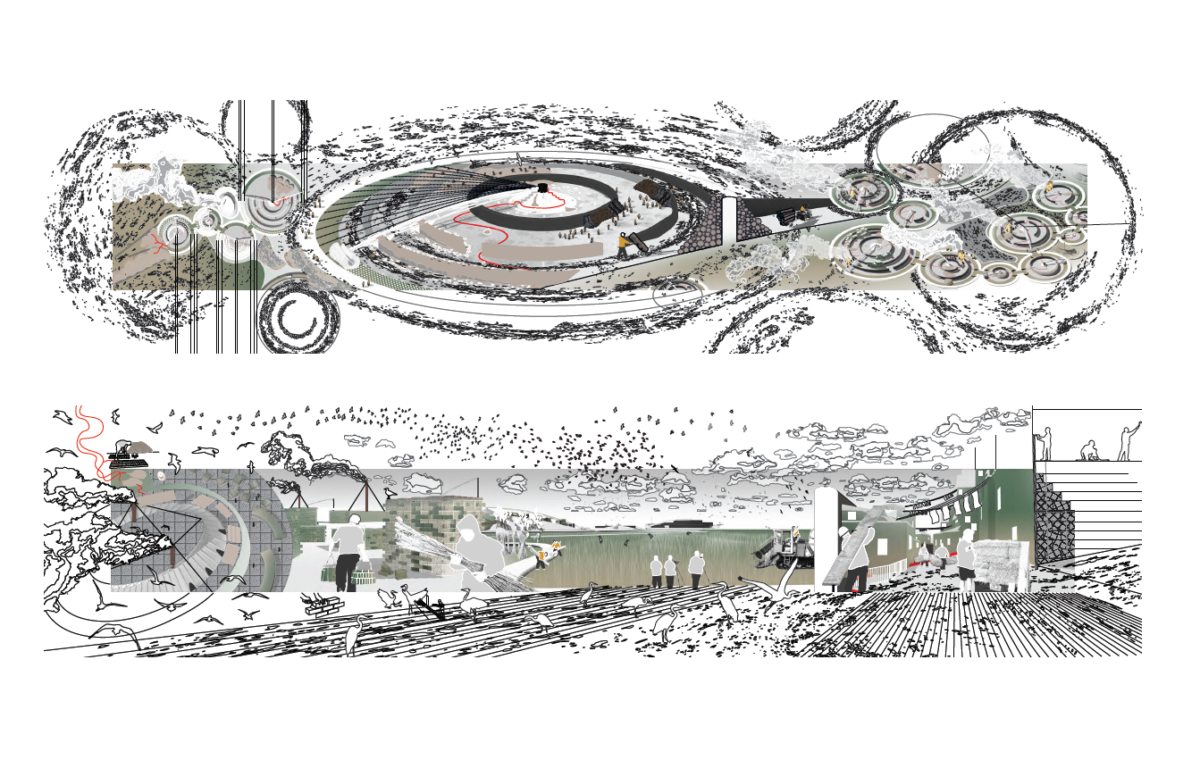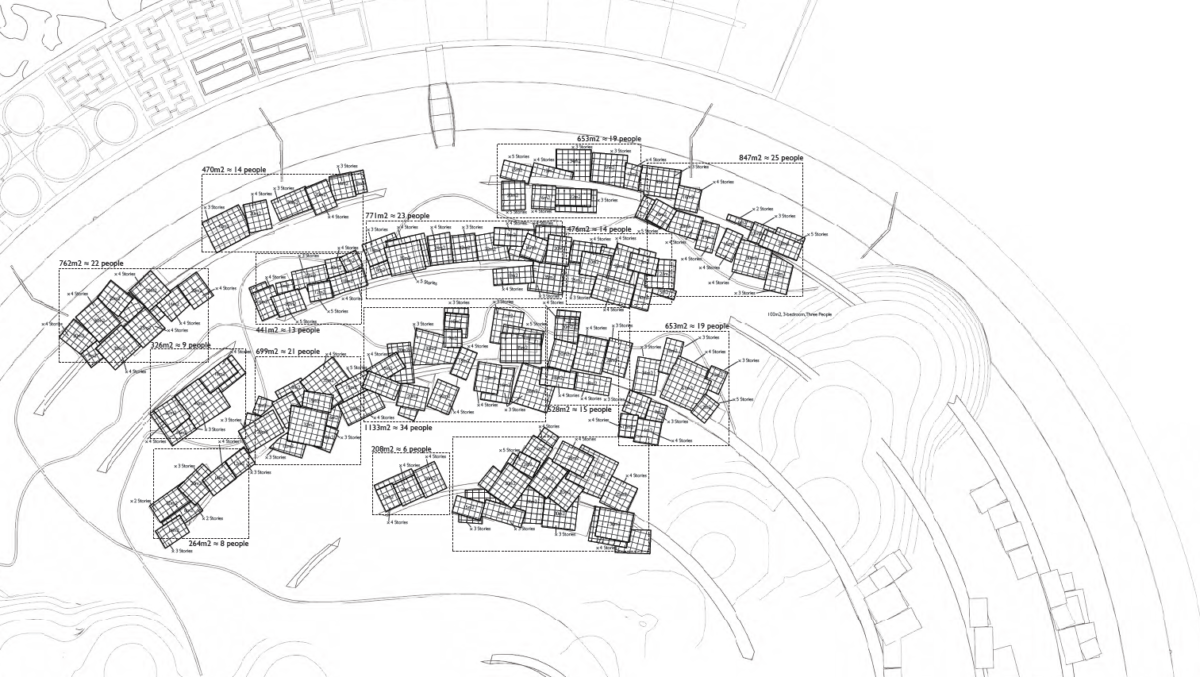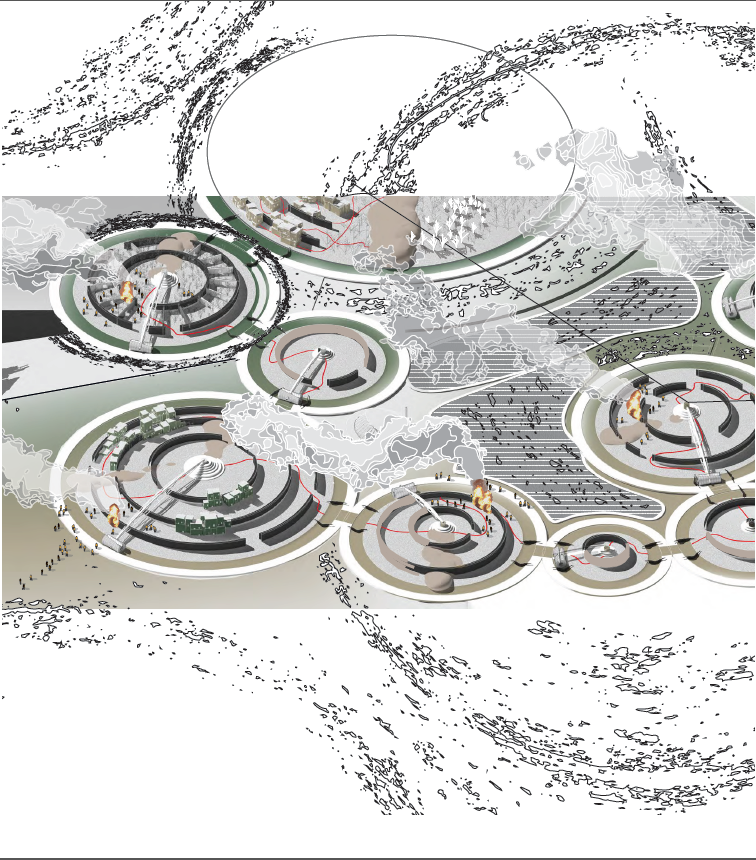Tag: flooding
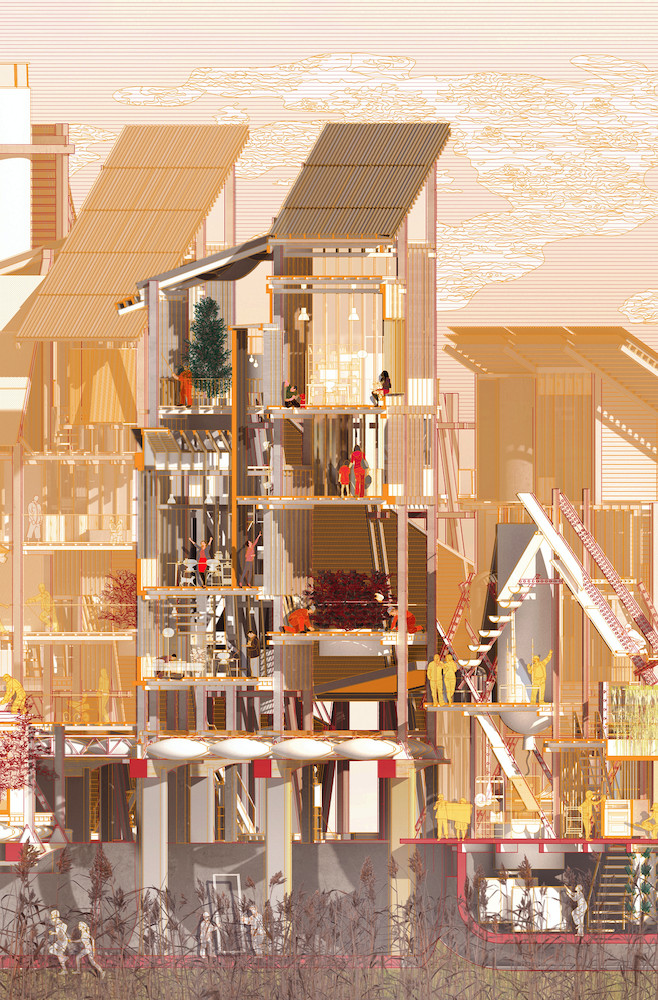
NEW DOGGERLAND
A Dynamic Masterplan for Enabling the Tilbury Commons
Utilising Kate Macintosh’s Dawson’s Heights in East Dulwich as a catalyst for studying housing and the notion of Utopia, the theoretical mindscape of the thesis project is established through initial readings into Theodor Adorno, who suggests that “Even if one cannot draw a blueprint for utopia, aware-ness of the inadequacy or incompleteness of existing reality depends utterly on belief in the possibility of an alternative” (Adorno, 33).
Through an investigation into the multiplicity of “Utopias” that could arise on site, a participatory device that engages with local residents and actors on designing and co-producing these incomplete, and envisioned futures was developed. Taking the form of a collapsible toolkit, it was first tested at Dawson’s Heights to (co)produce responses to speculative reimagining of the estate. Having developed a working methodology in engagement practice, we move to the Bata Estate in East Tilbury, a radical company town which was once at the forefront of live-work relations and modernist construction which has fallen into a state of precariousness and deprivation since the shuttering of Bata Shoes. Through the toolkit, a catalogue of resident’s memories and ambitions for East Tilbury were developed, where the written Thesis develops this into a pluralistic mode of participation that enables multiplicity in urban ambitions and “utopias” to be made visible. As part of a symbiotic discussion, this in-situ research that underpins the development of the New Doggerland was shared with the community to allocate Heritage Funding for their Bata Memories Centre.
Acknowledging the socio-ecological crises that are resultant of our extreme consumption and resource extraction, a dynamic, reactionary and arguably incomplete “master” plan is proposed… Instead of working against the forces of nature, the comm(o)nity of East Tilbury has long sought to return to a nomadic way of life, forgoing the rampant pressures and excess of the neoliberal city for something more attuned; living with (and not against) the land. Re-turning to principles of the historic commons, their settlement has been designed with the foresight of adapting to change in both land and waterscapes, where the dynamic (master)plan is built across time, seasons and tides to speculate with new forms of living. The riverbank has receded, but unlike predictions in the early 21st Century, the Thames has been deliberately widened as a catalyst. Developing from an initial afforestation of the marshland ecology, a soft system for the production of the commons began, fifty years ago, as a series of ponds, forests, polders and waterways to seed the New Doggerland of today. Driven by the historical principles in Commoning – Of Piscary, Of Estovers and In The Soil, living with the community involves a new relationship to the water/land through seasonal consumption of agriculture and stewardship of the river and forestery – as examples. Learning from Bata’s preconstructed components, the New Doggerland is expanded through a “Common Language”, where moulds and materials are re-used to expand, or decrease spaces according to the population, needs, tidal ecology and environment. Simultaneously safeguarding the historic Bata Estate further inland, the common contemplates on an approach to architecture that is post-compositional, reactionary and embedded within our larger ecological systems, contributing beyond the wellbeing of its inhabitants, but the habitat(s) of the Estuary. Instead of building from (and against) the water, flooding becomes an opportunity – to re-arrange and expand commons living across the Thames to Coastal England.
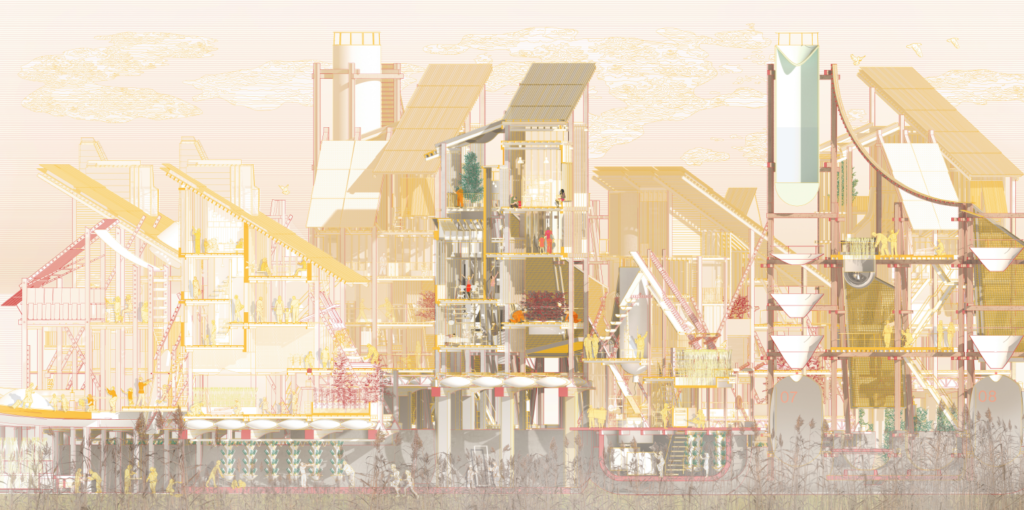
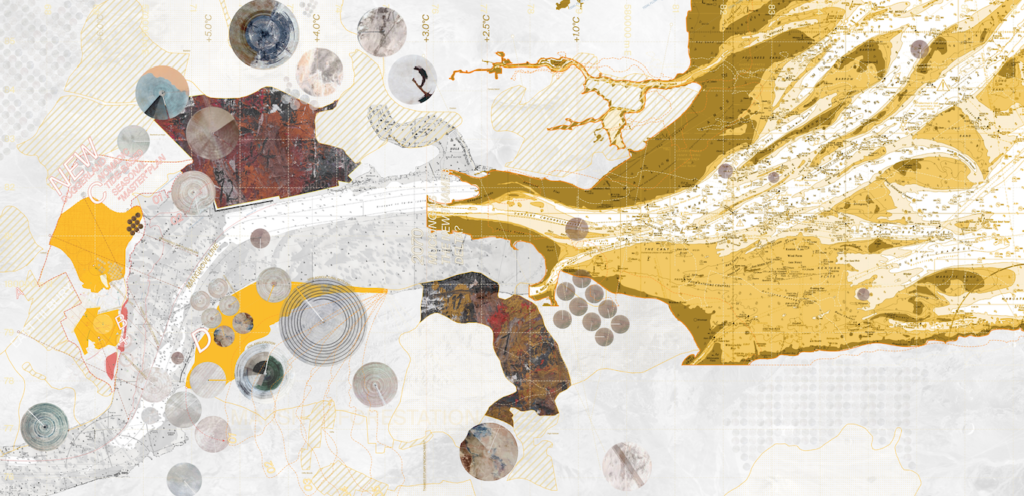
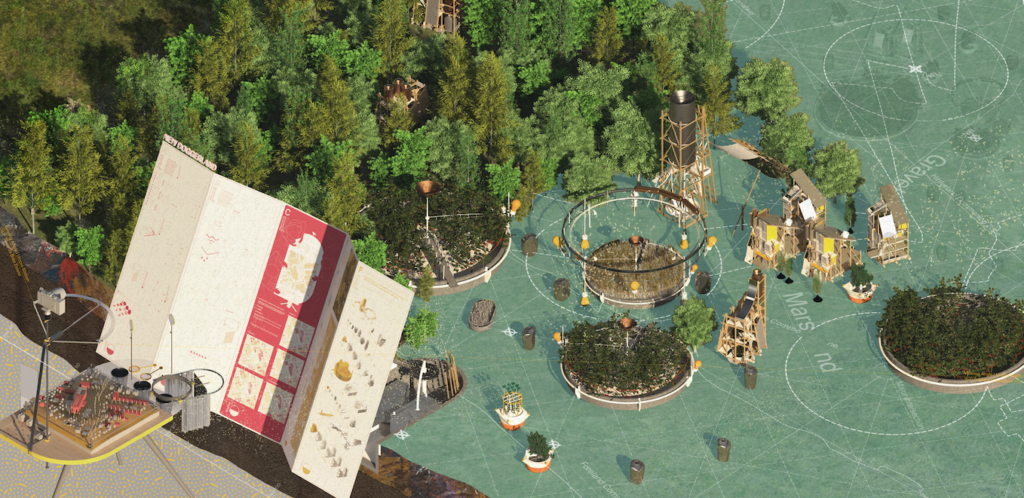
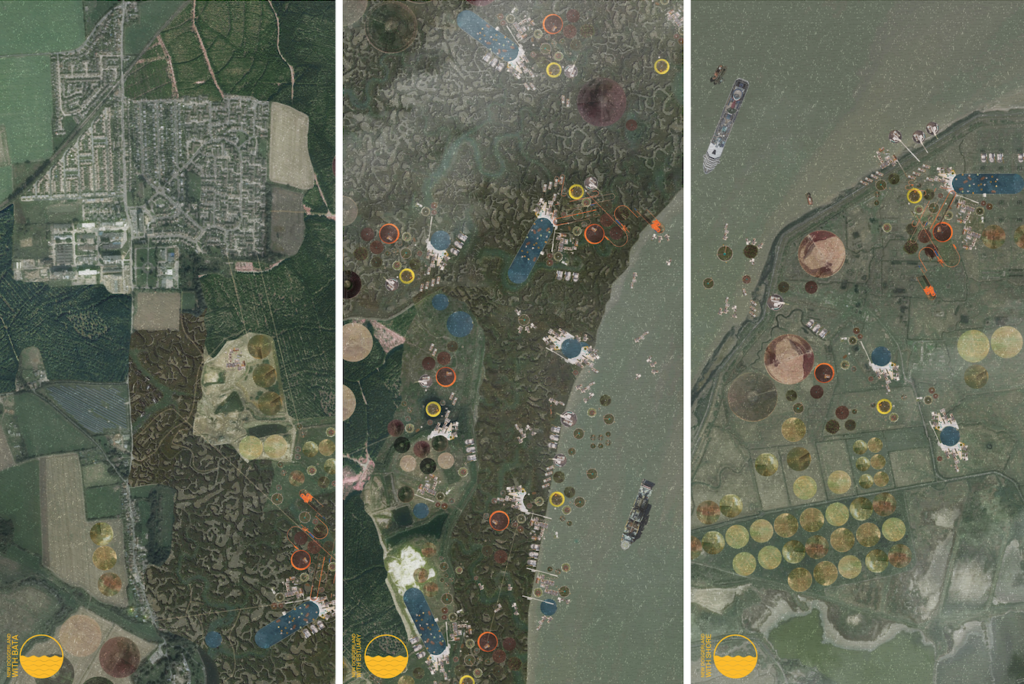
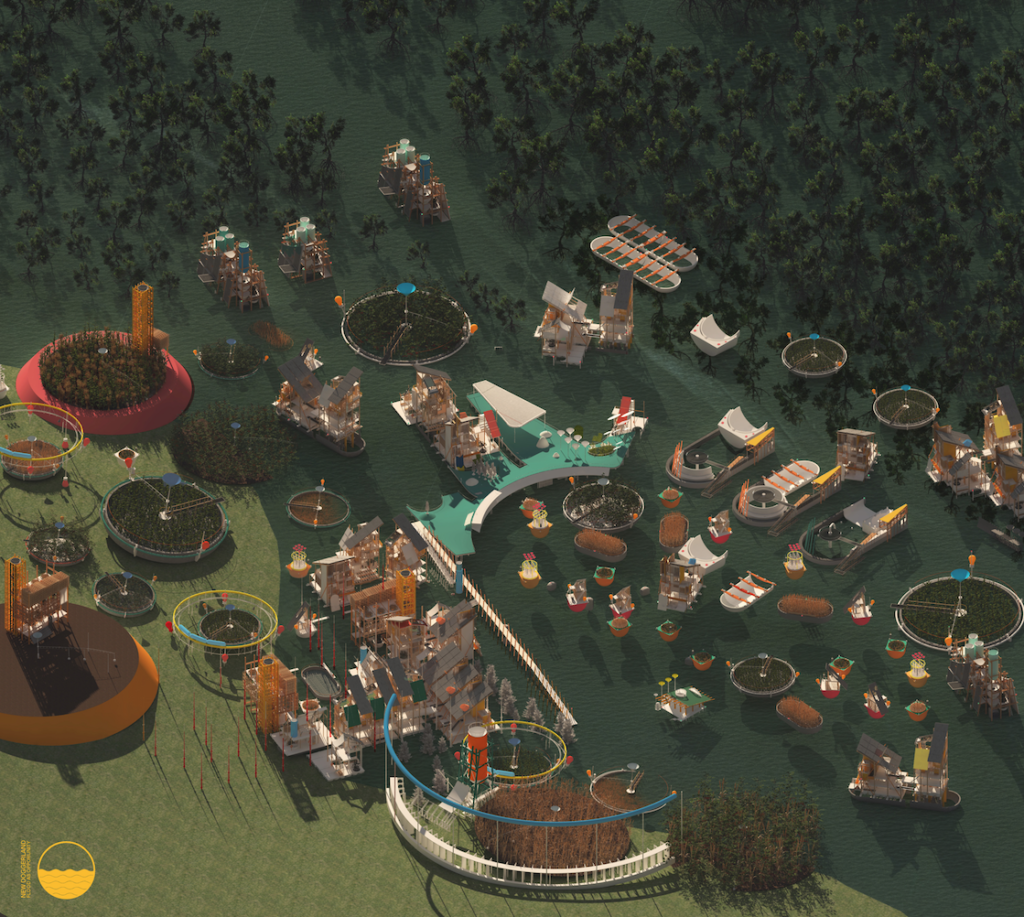
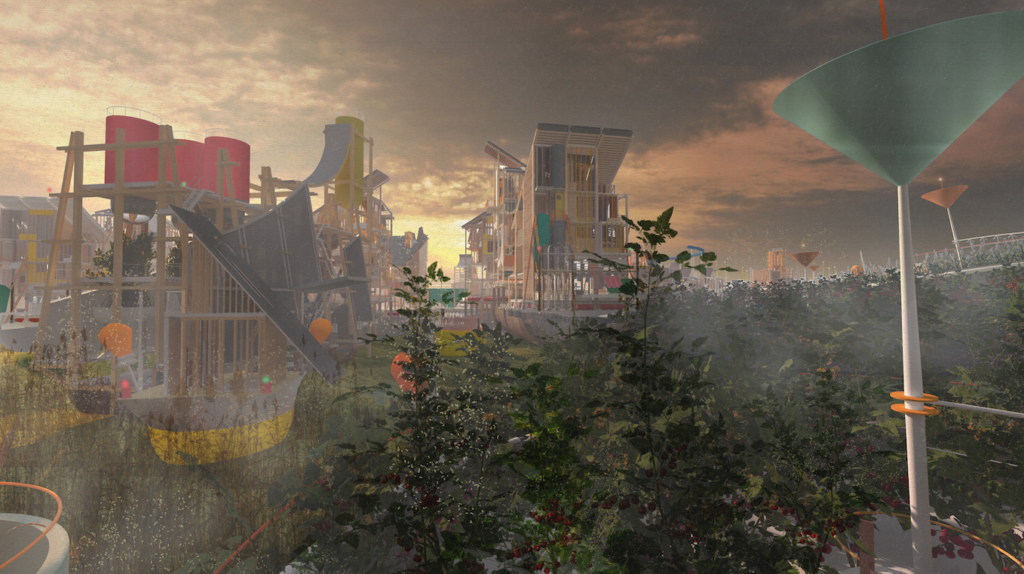
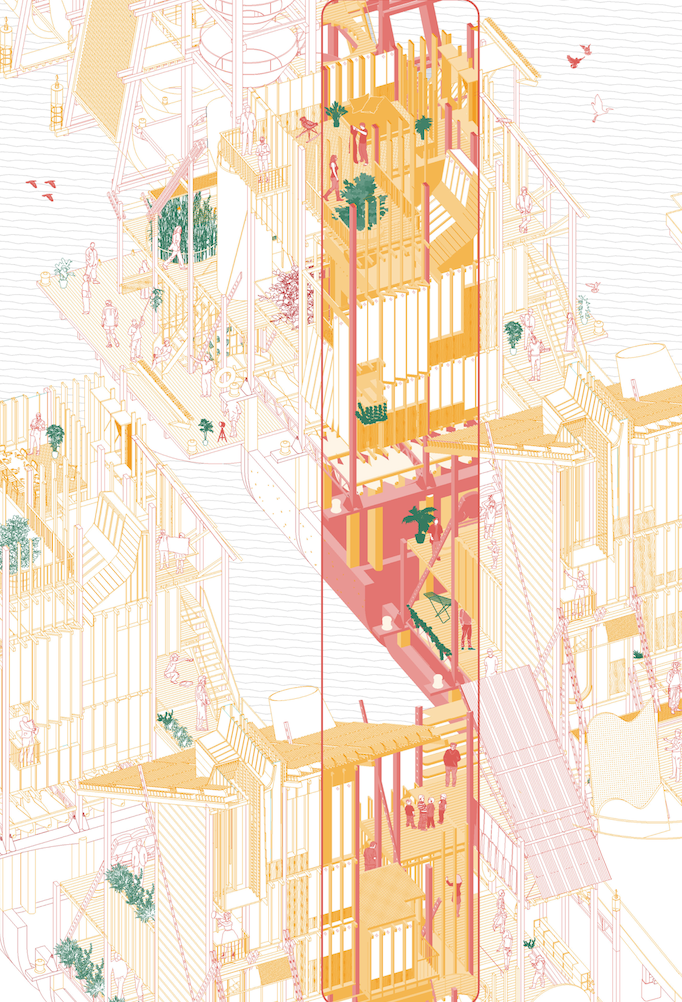
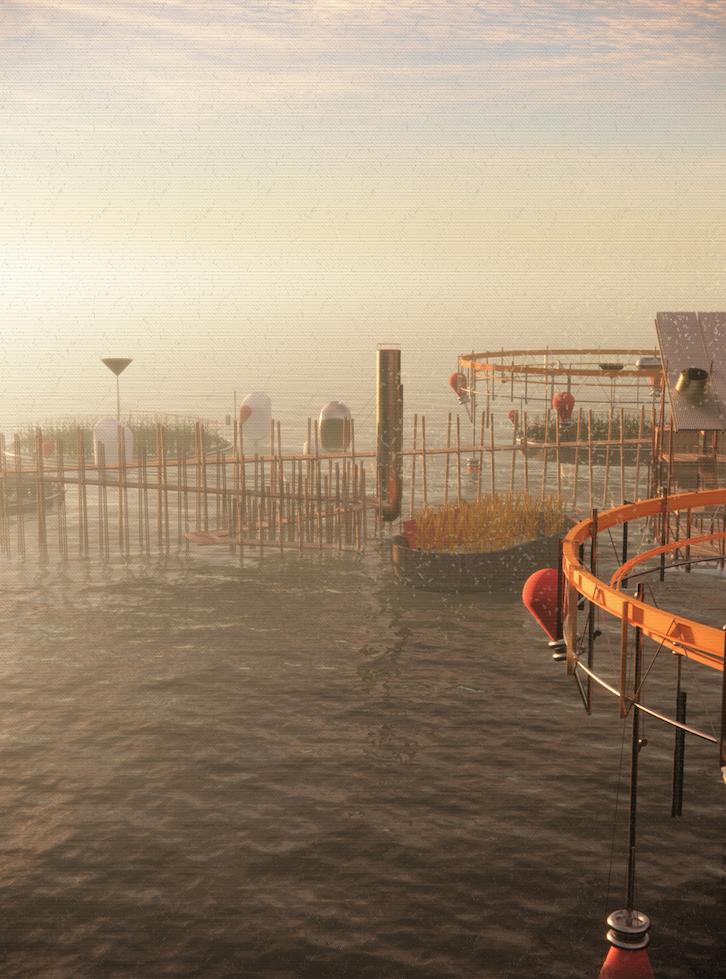

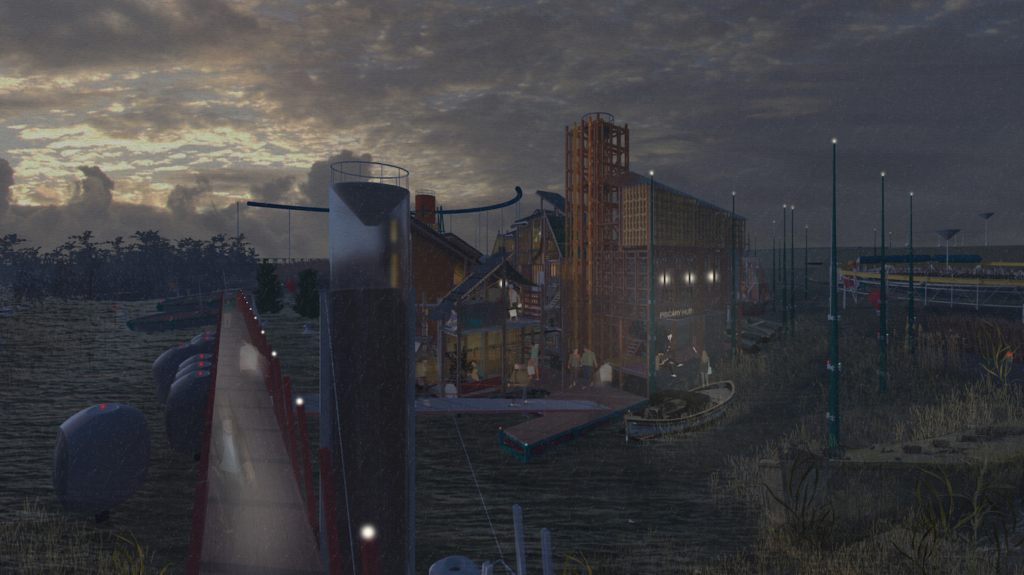
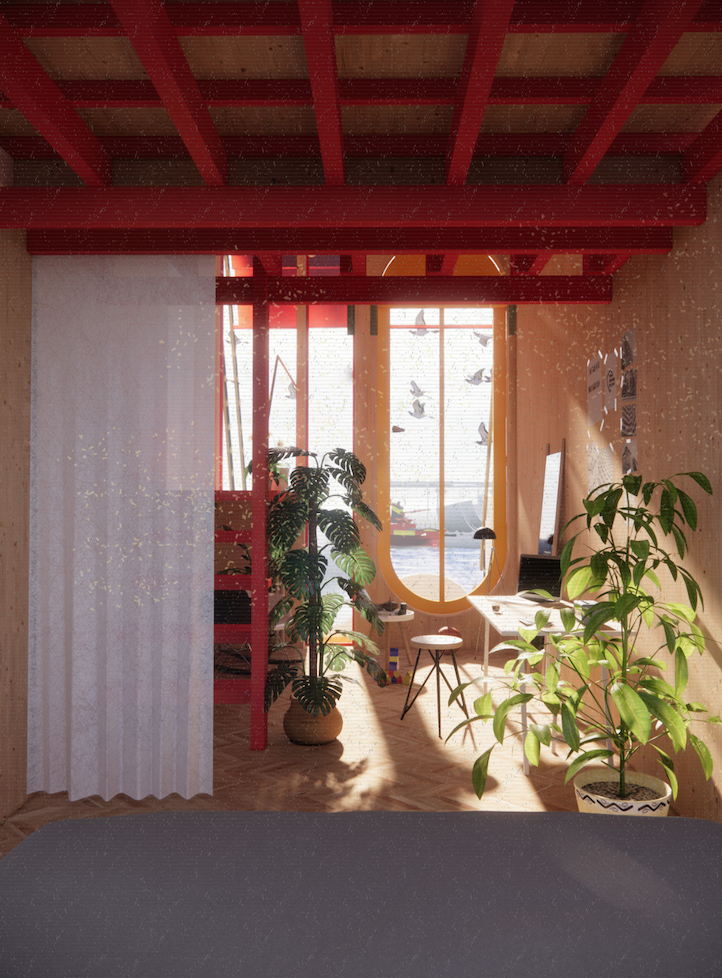
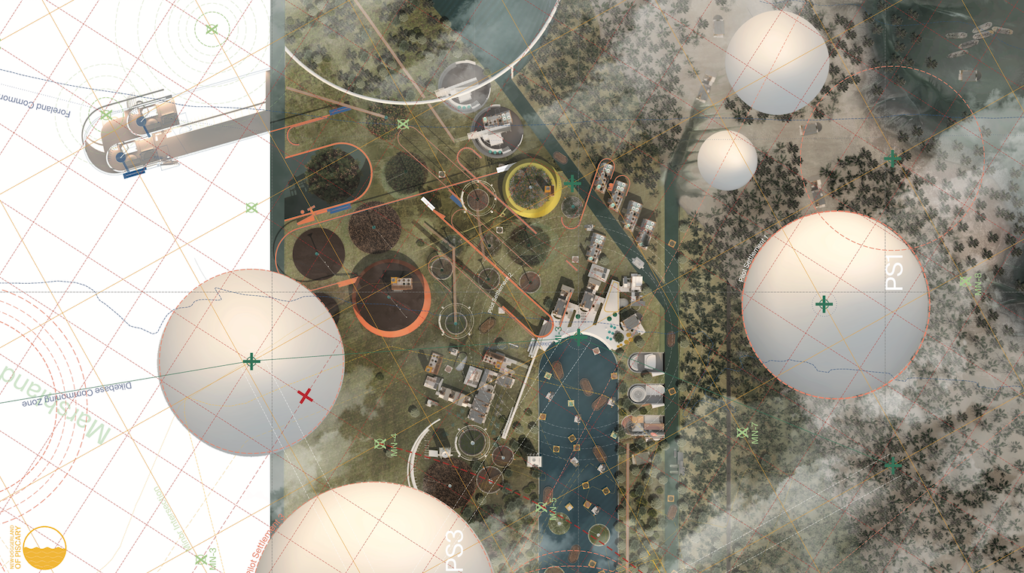

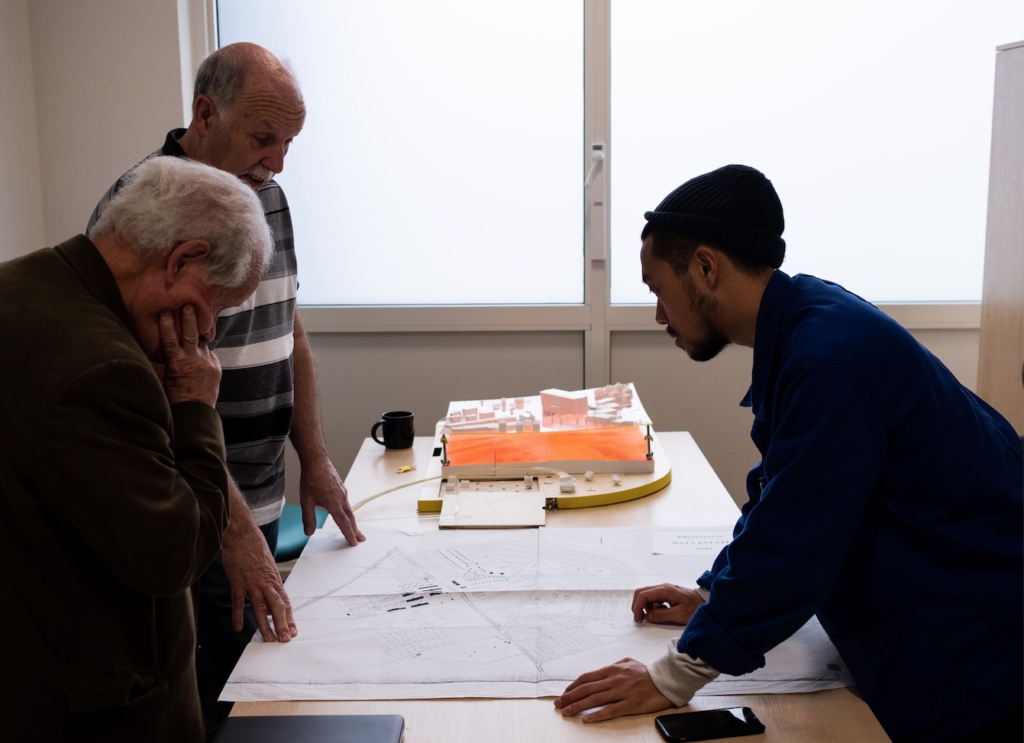
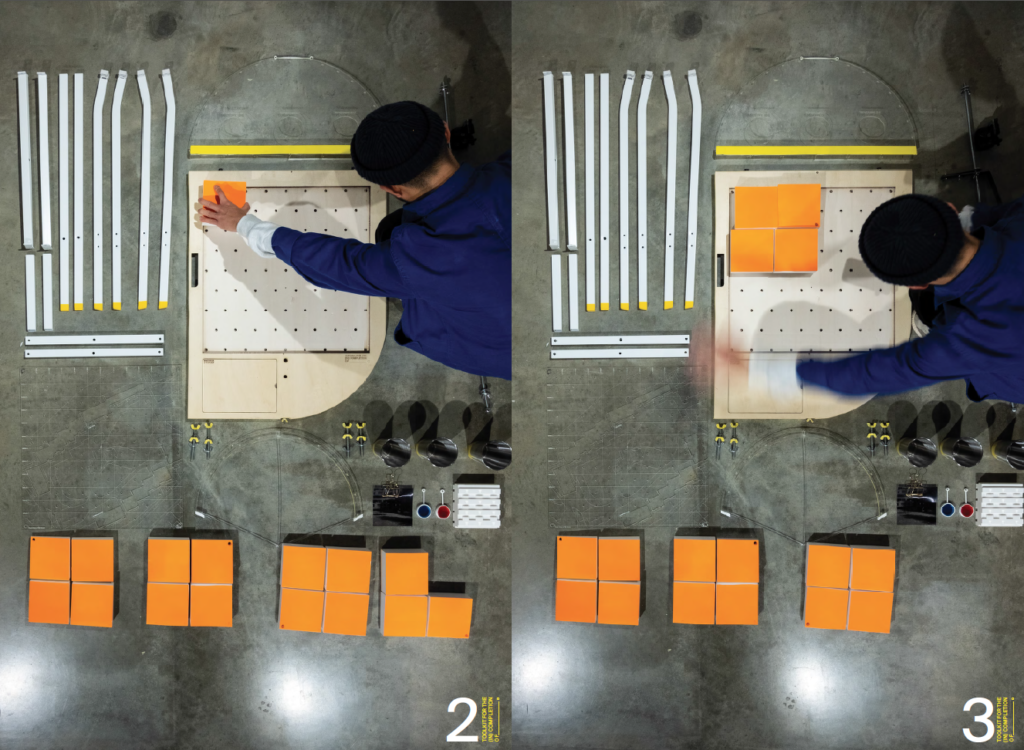

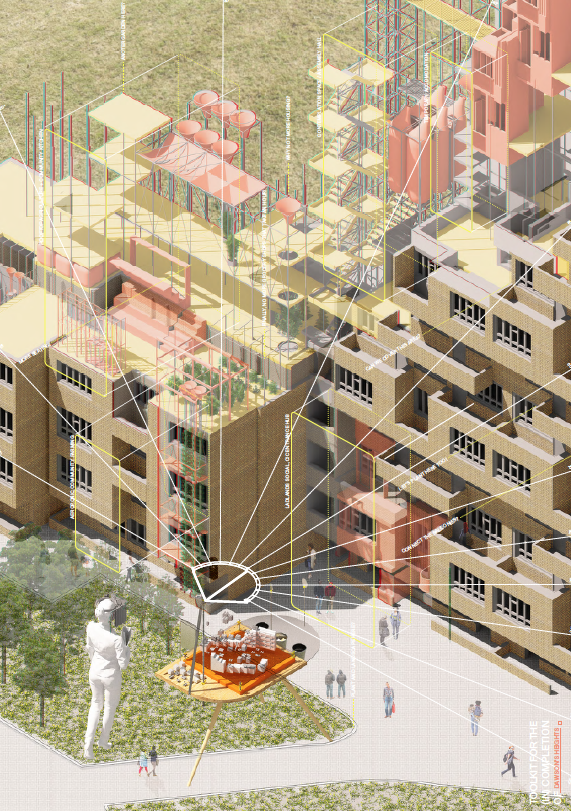


Tollesbury Monitoring Station, Essex

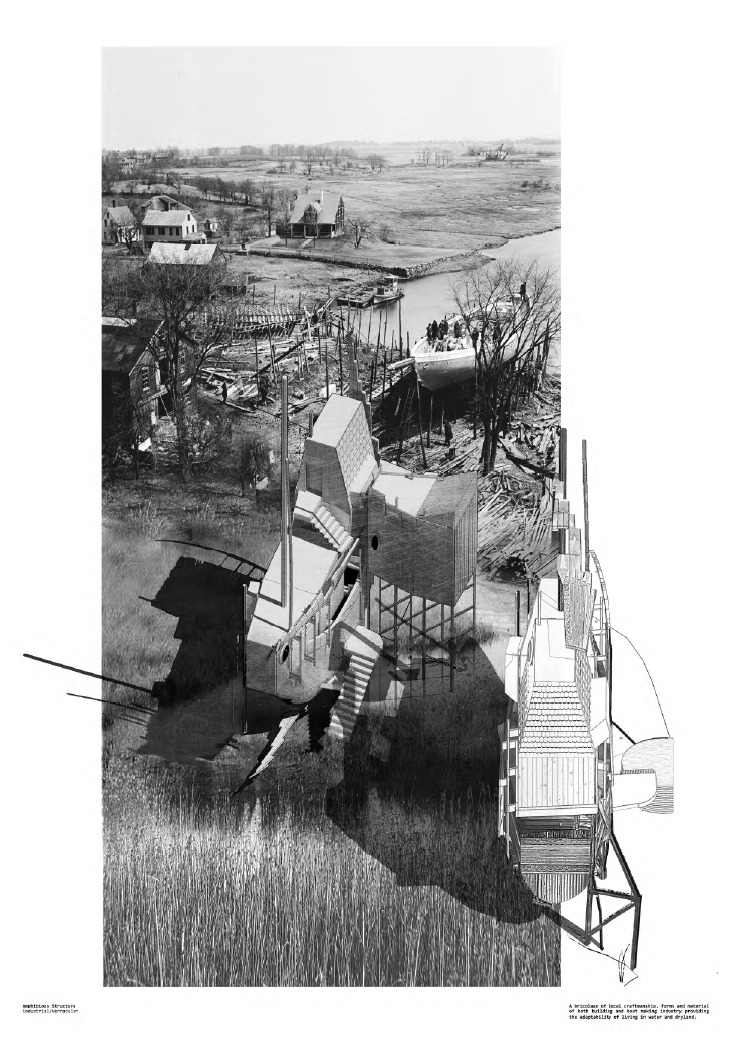
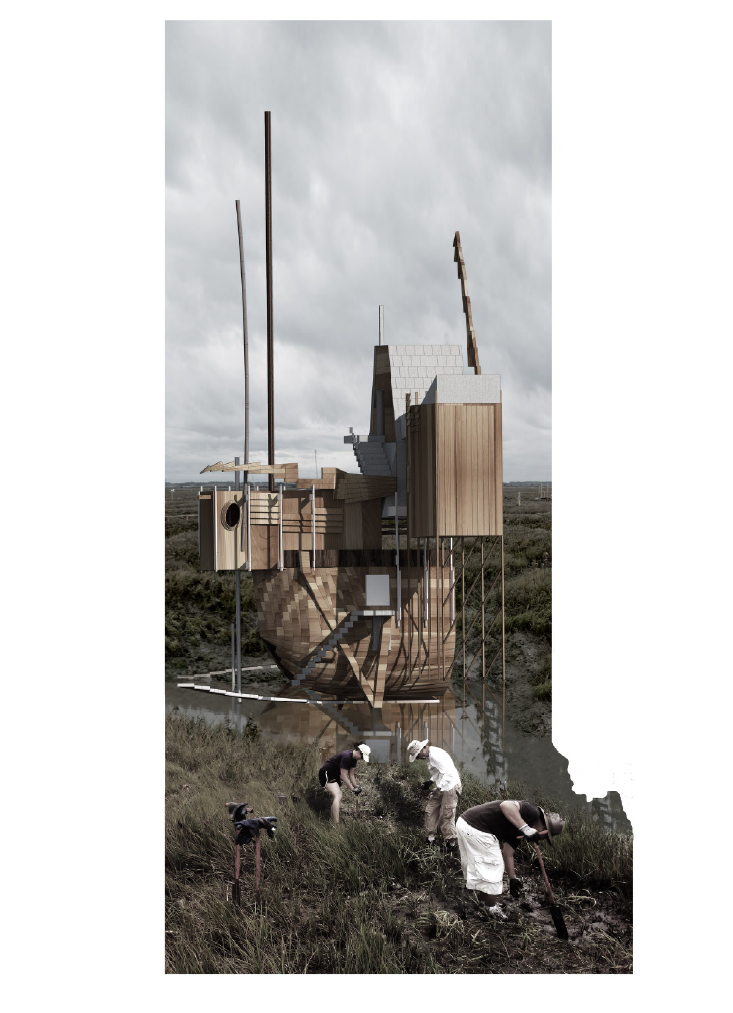
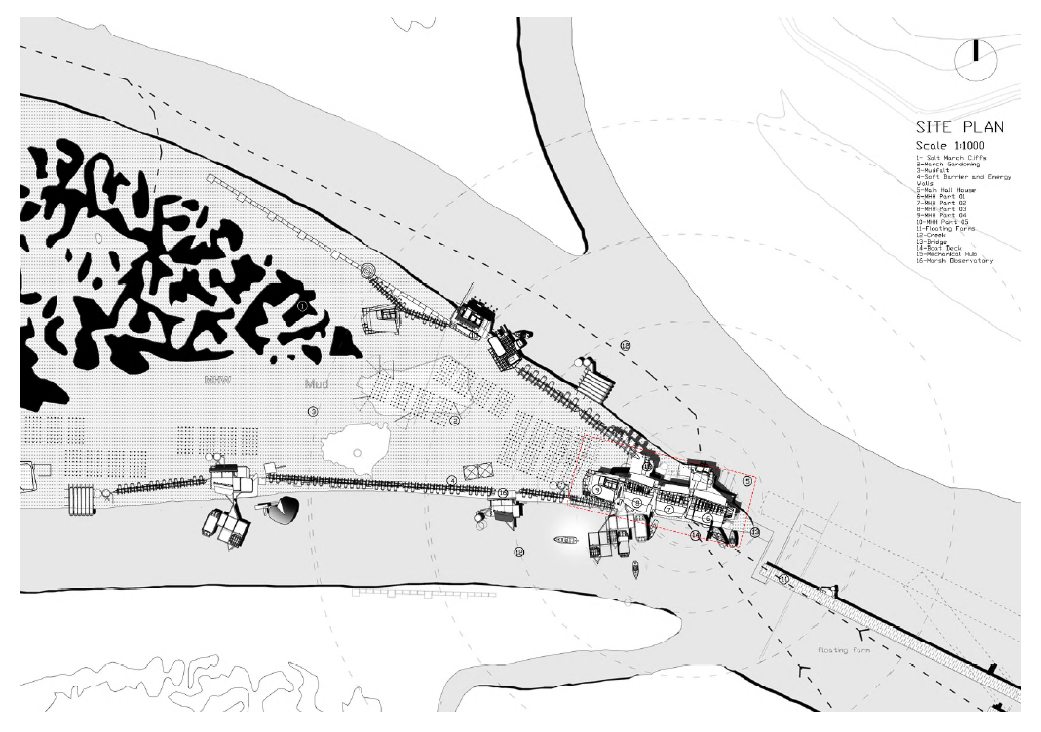
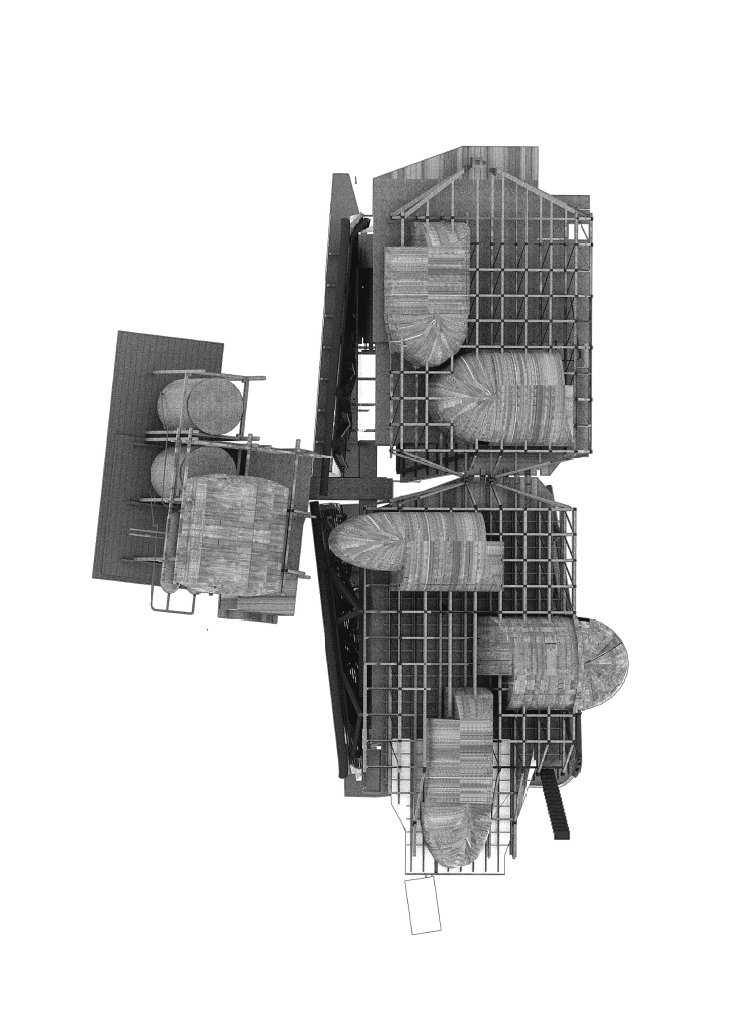
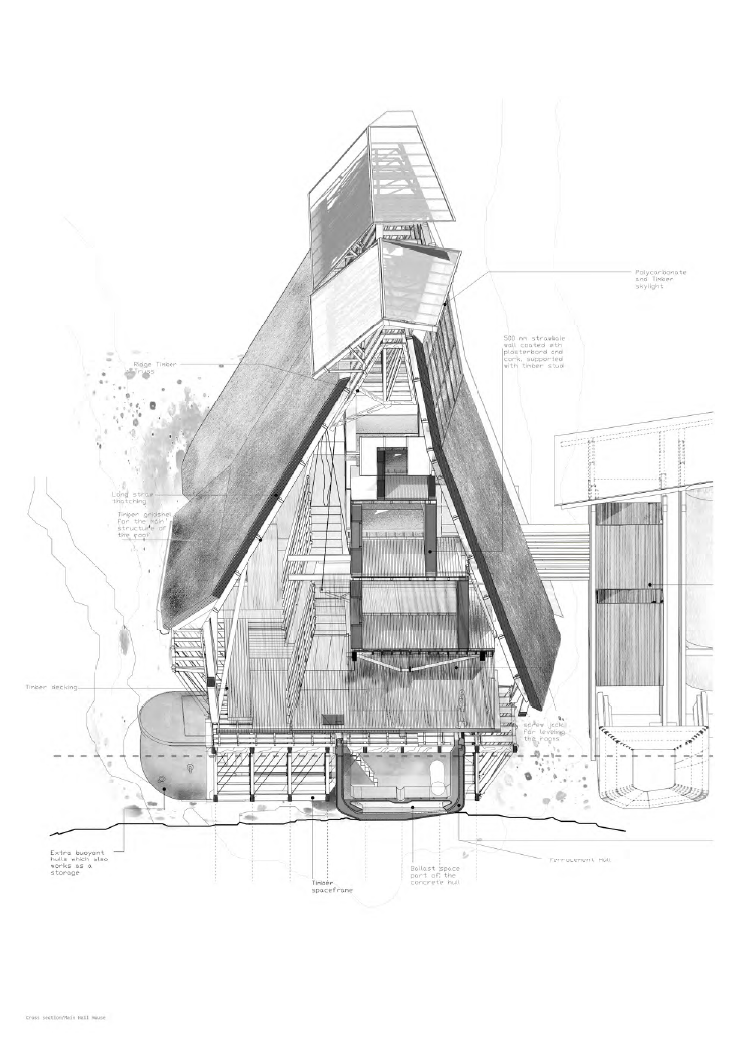

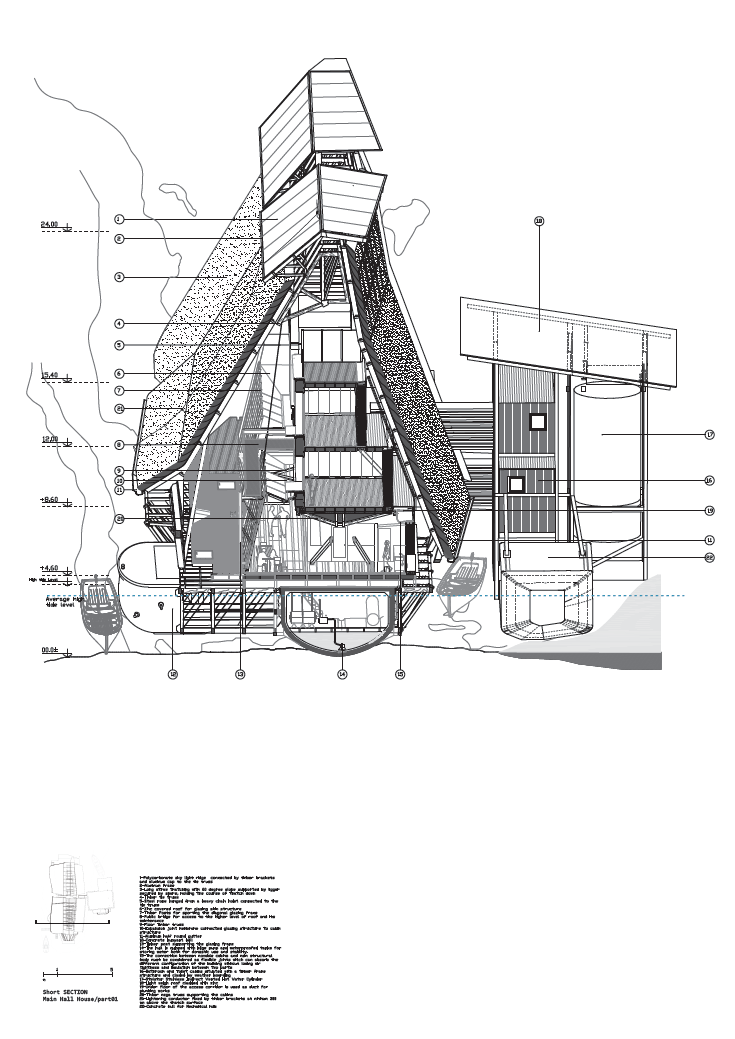
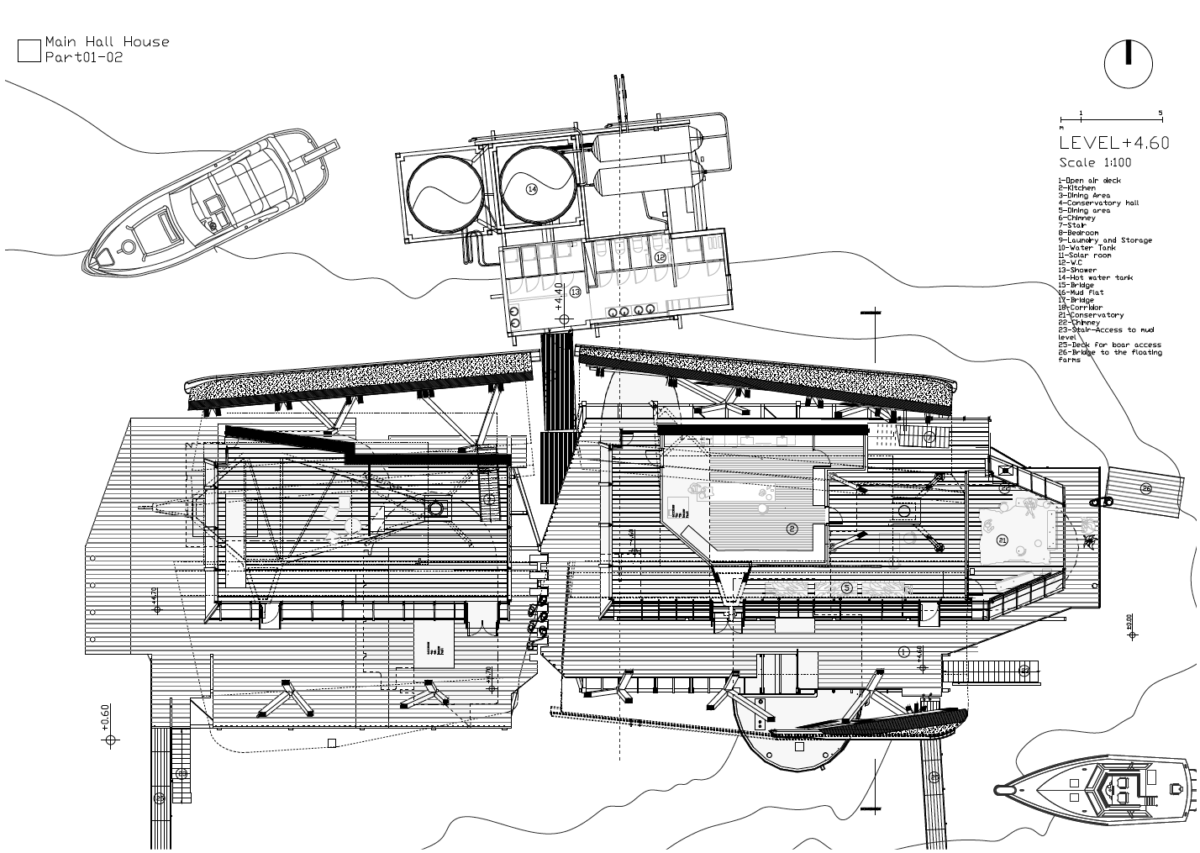
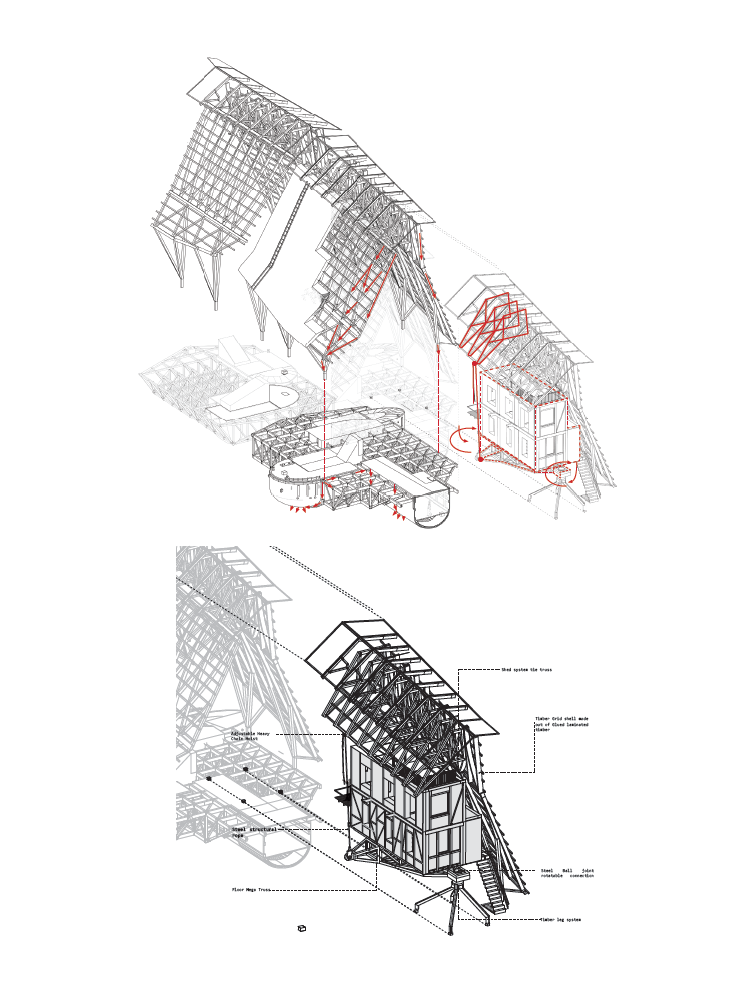
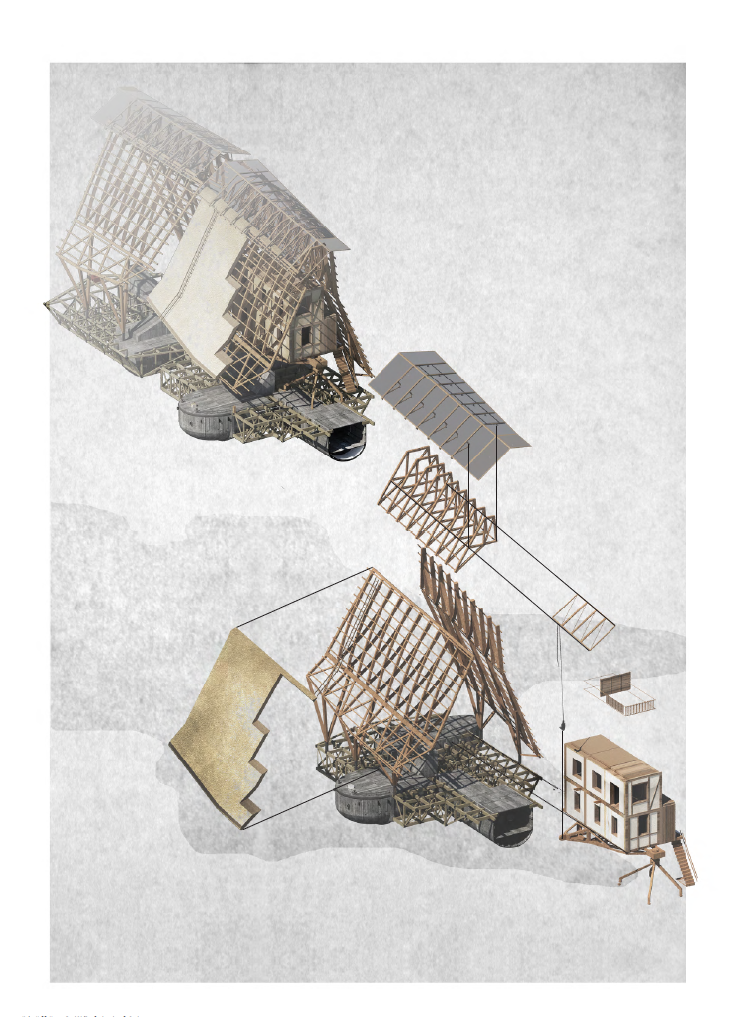

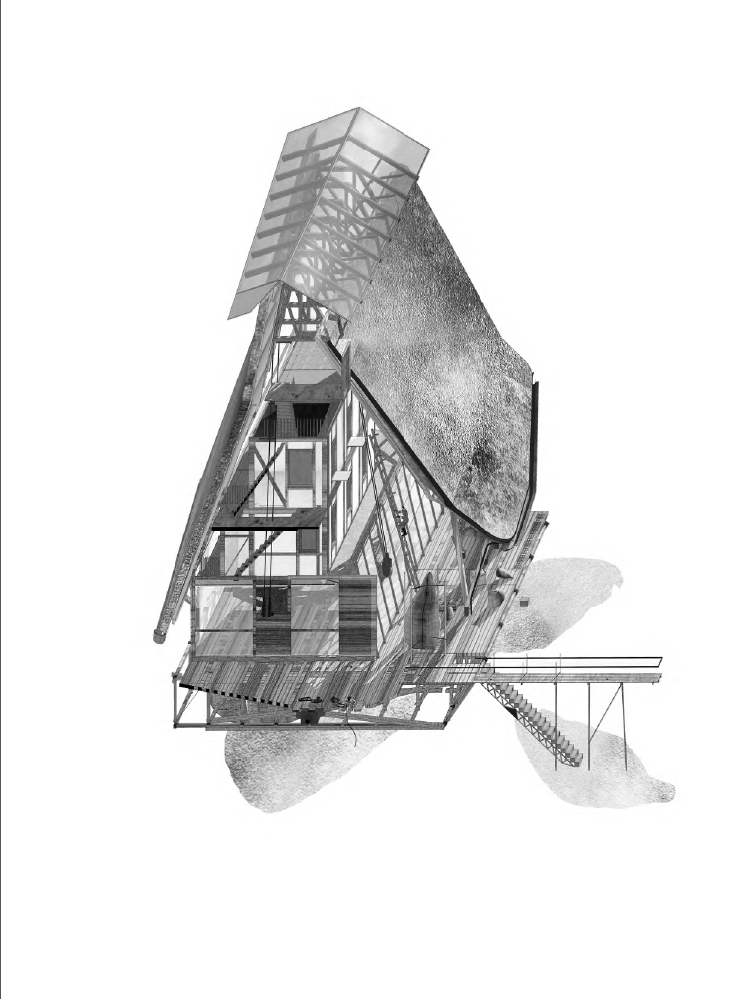


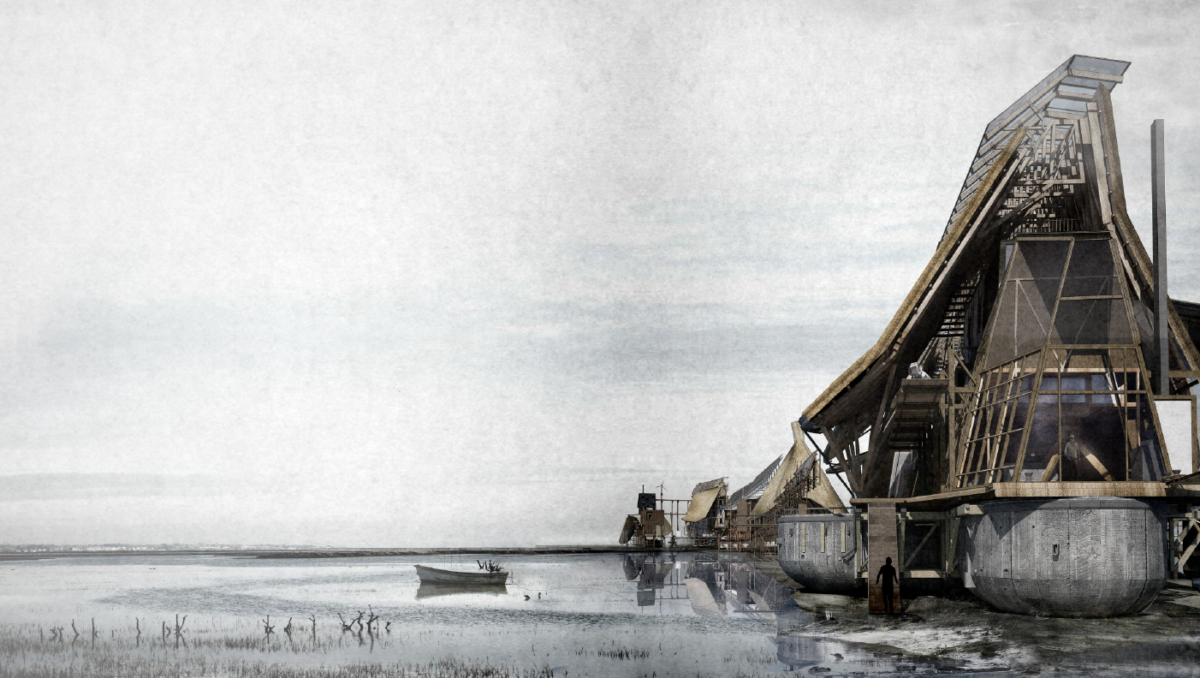

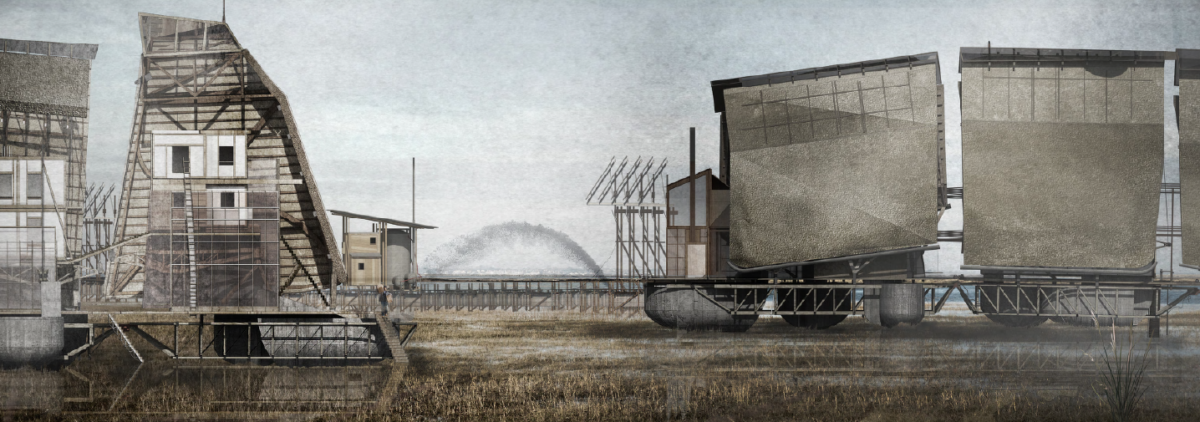
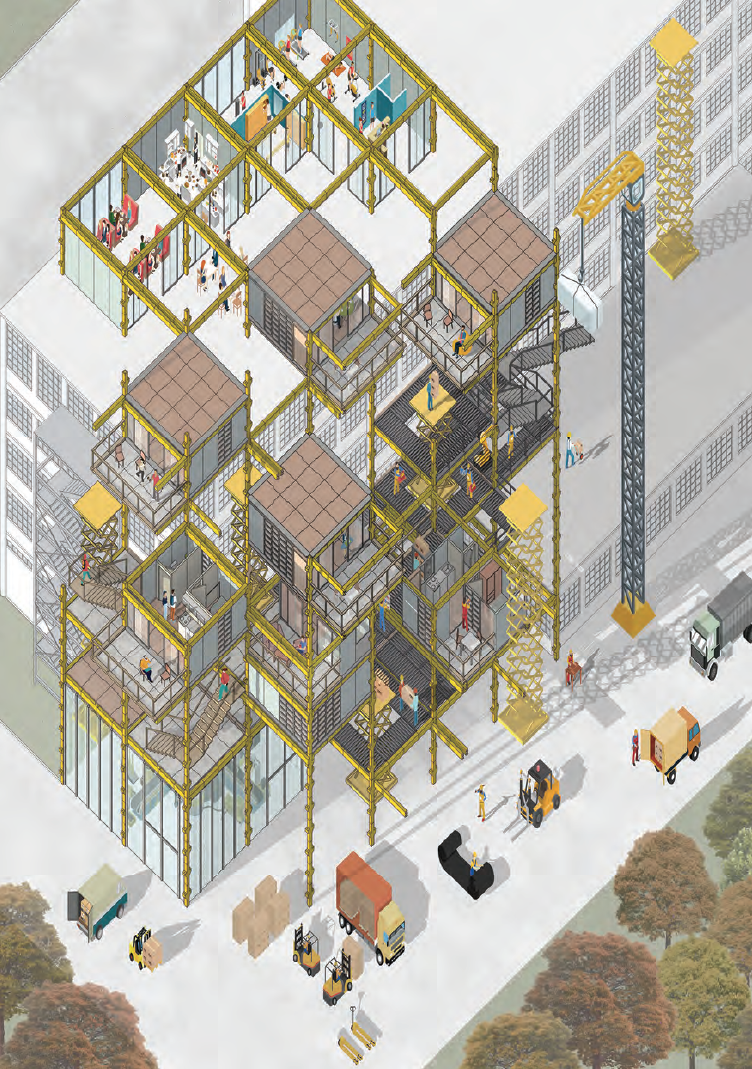
New Pilot Cities in the Thames Estuary
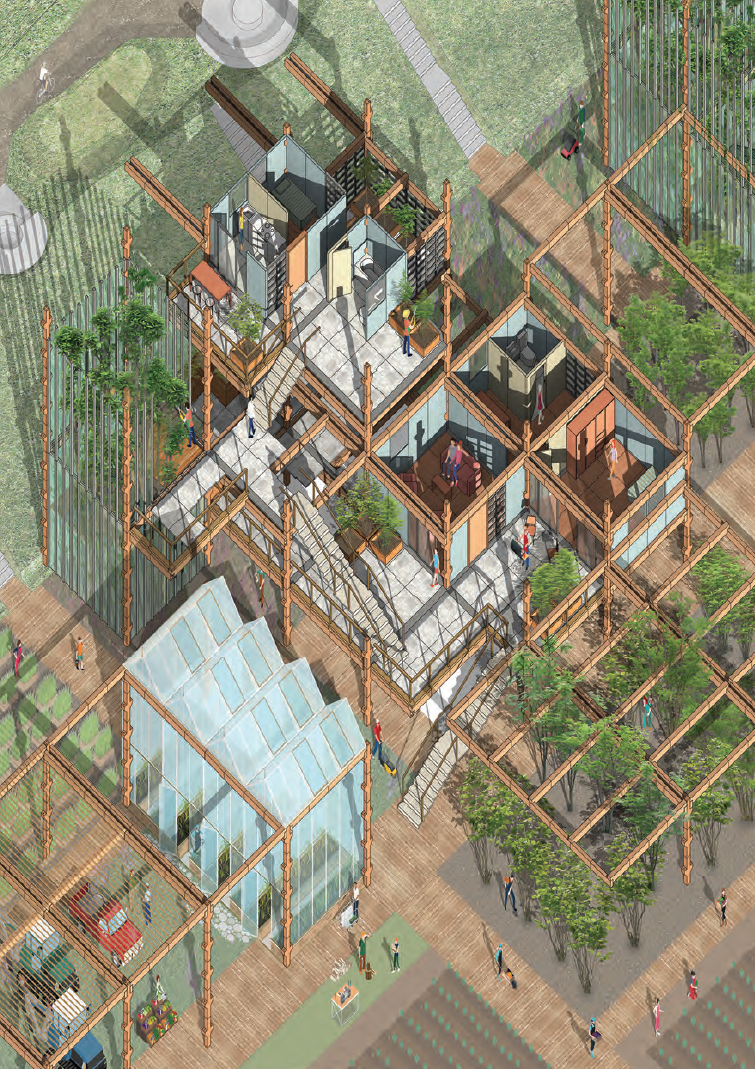
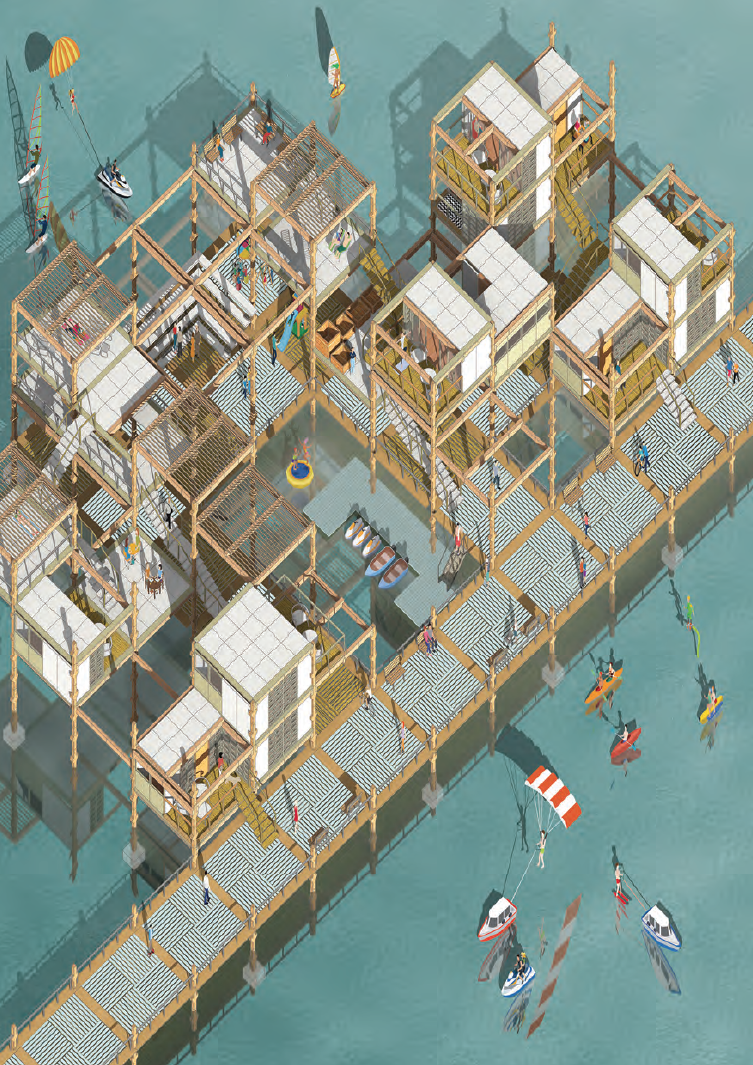
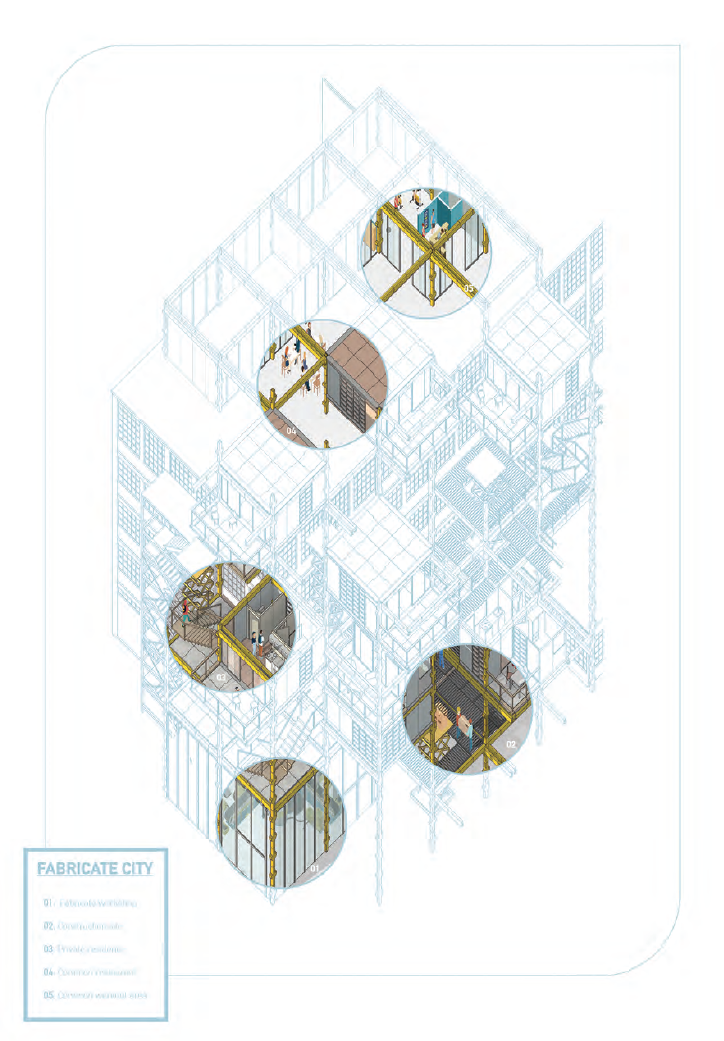
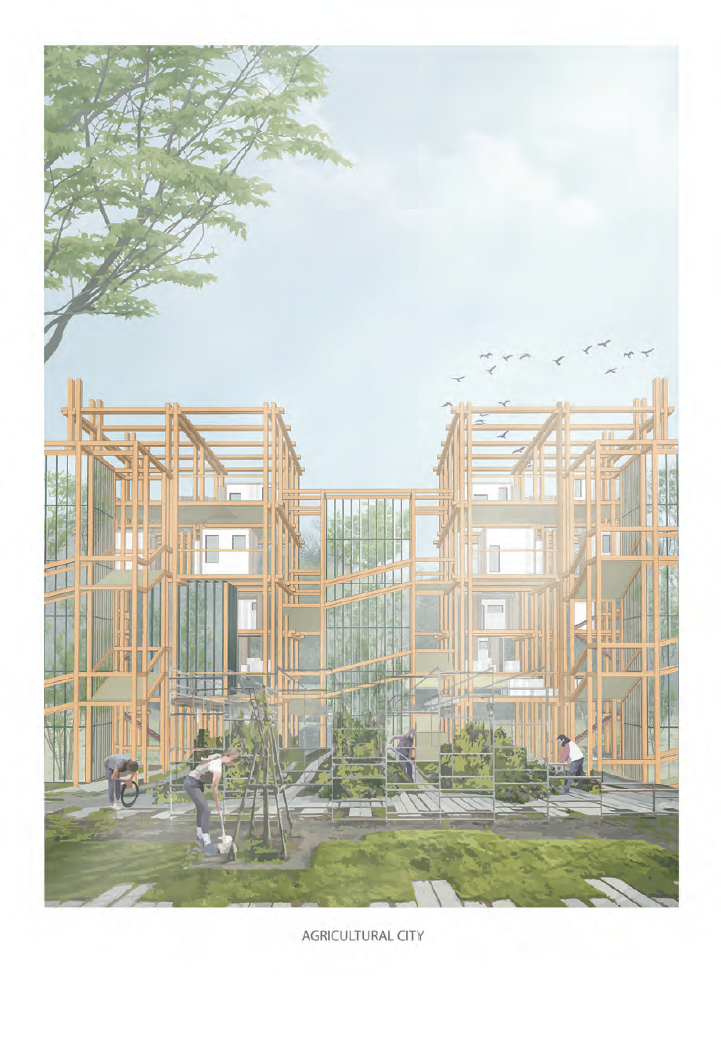
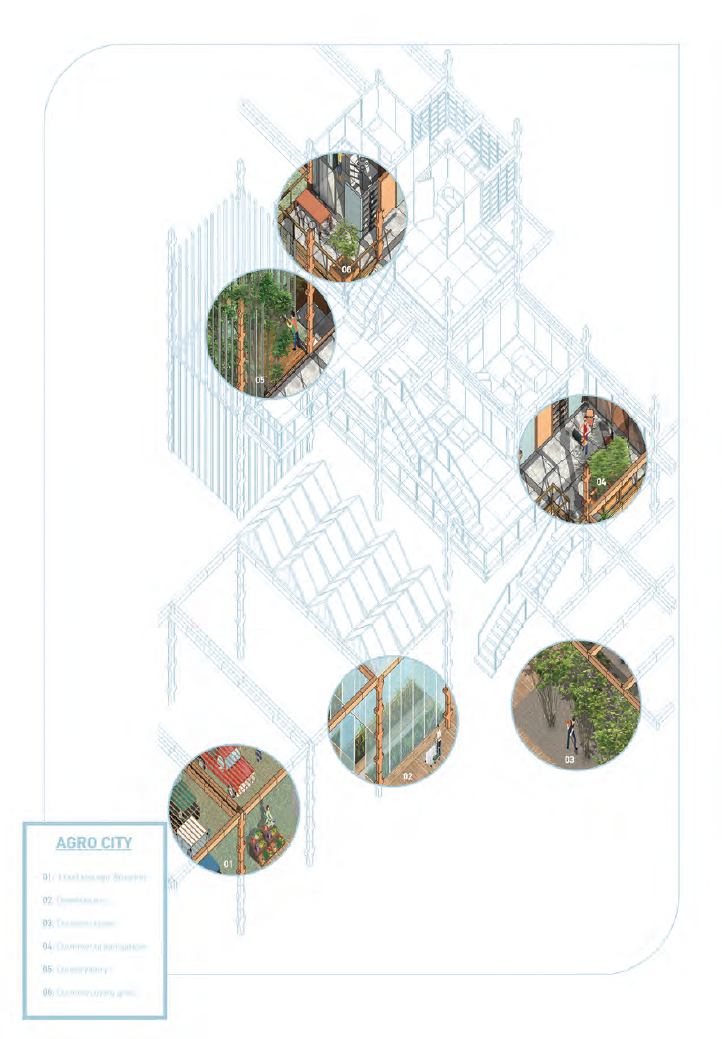
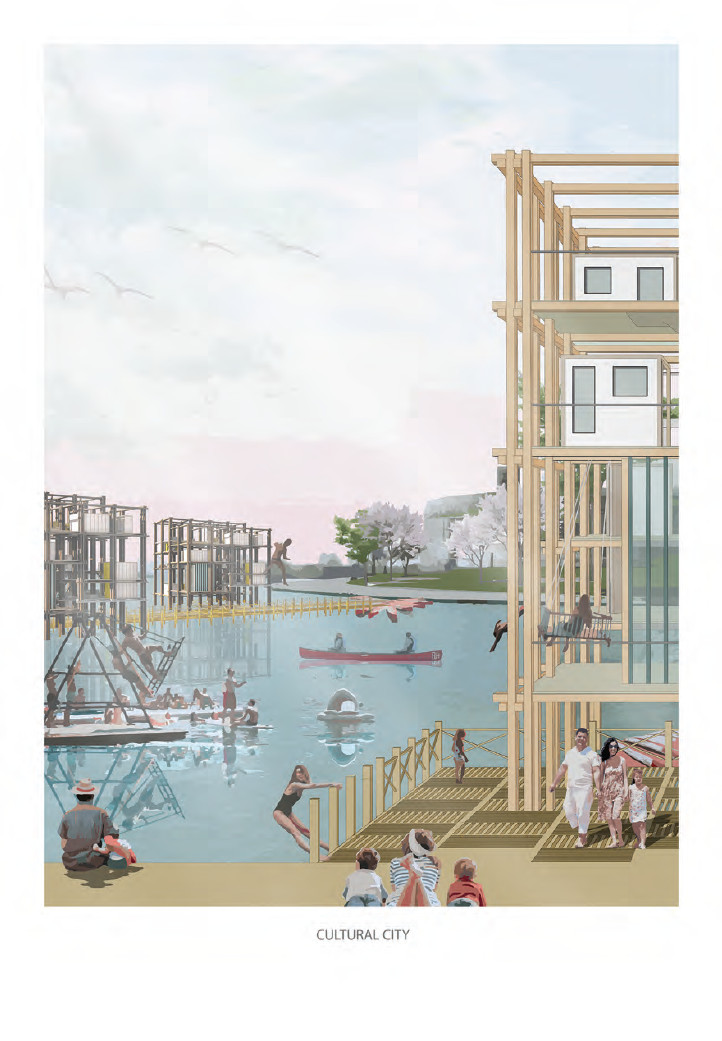
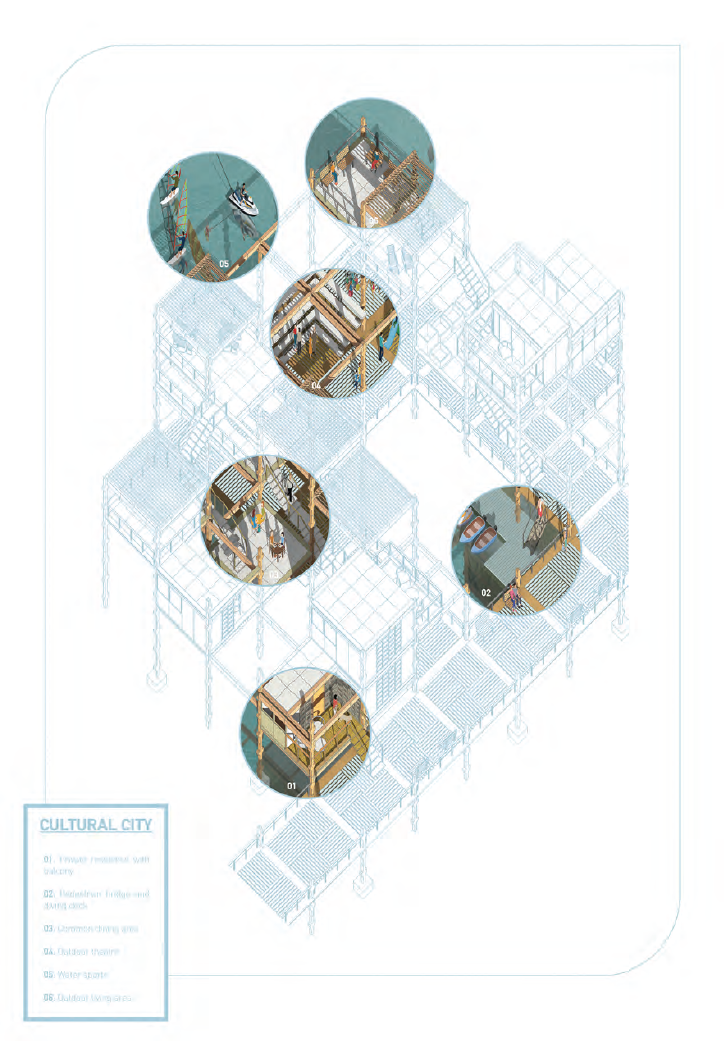

Essex Homelands – Inhabiting a Memory Landscape
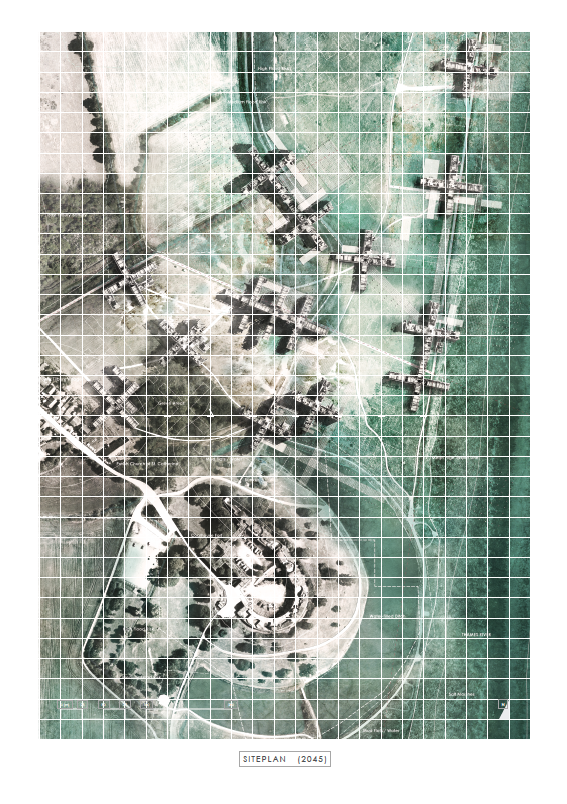
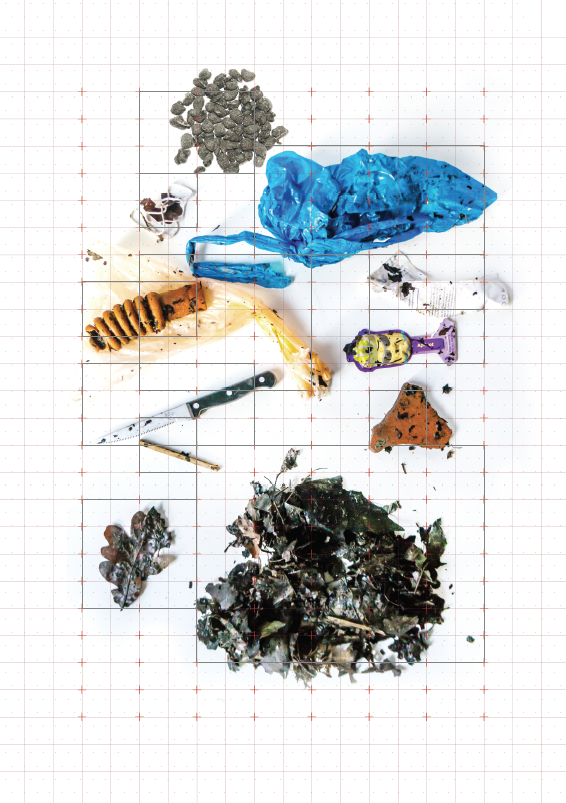

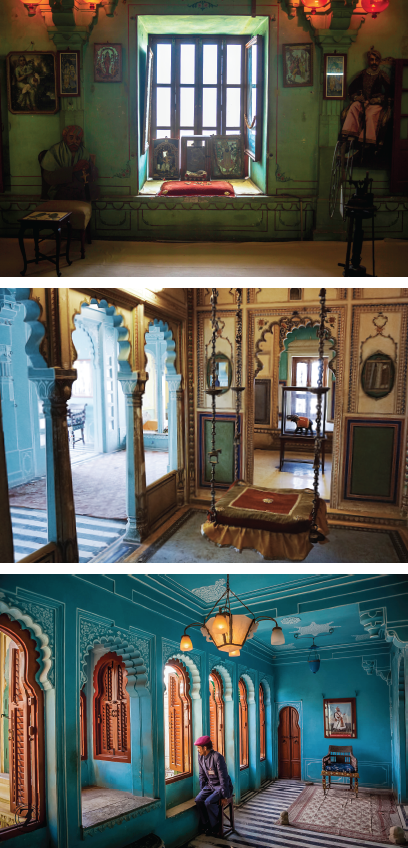

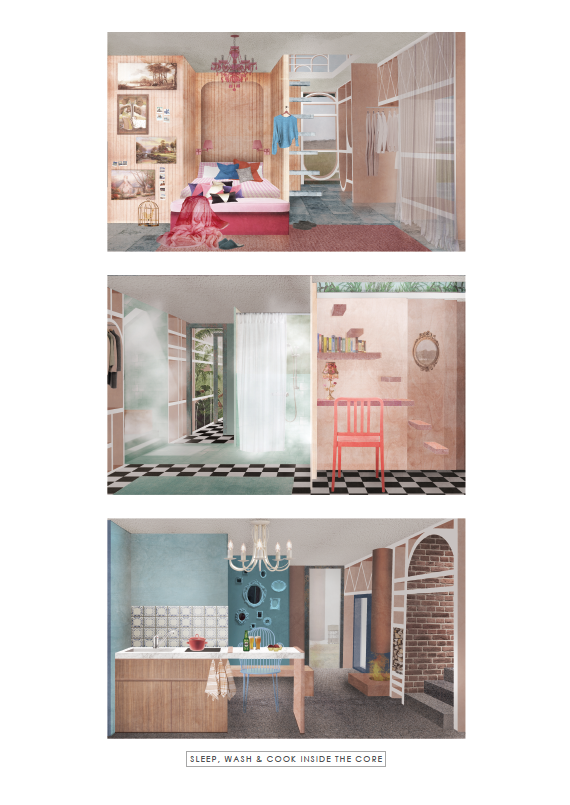

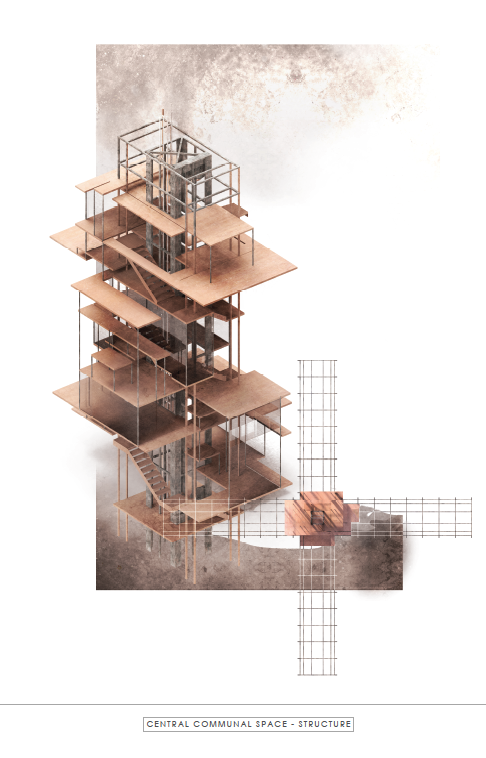
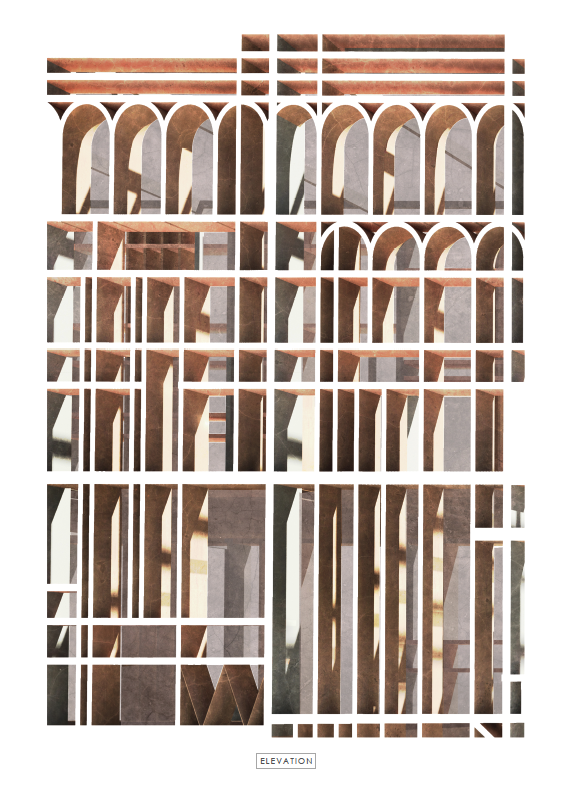


Living IN and OFF the landscape, East Tilbury, Essex
Silt inhabitation within man-made mud islands in the Thames Estuary.

